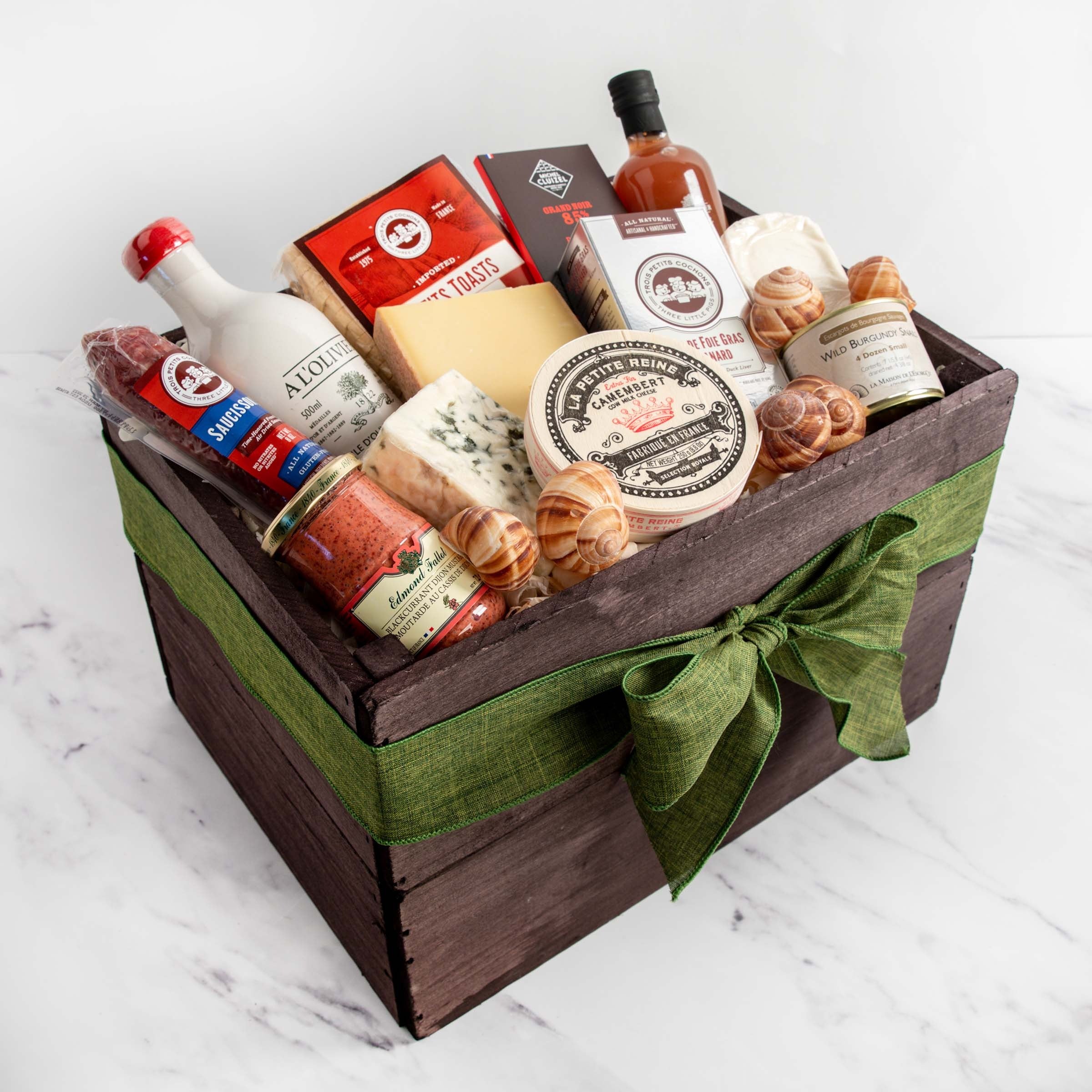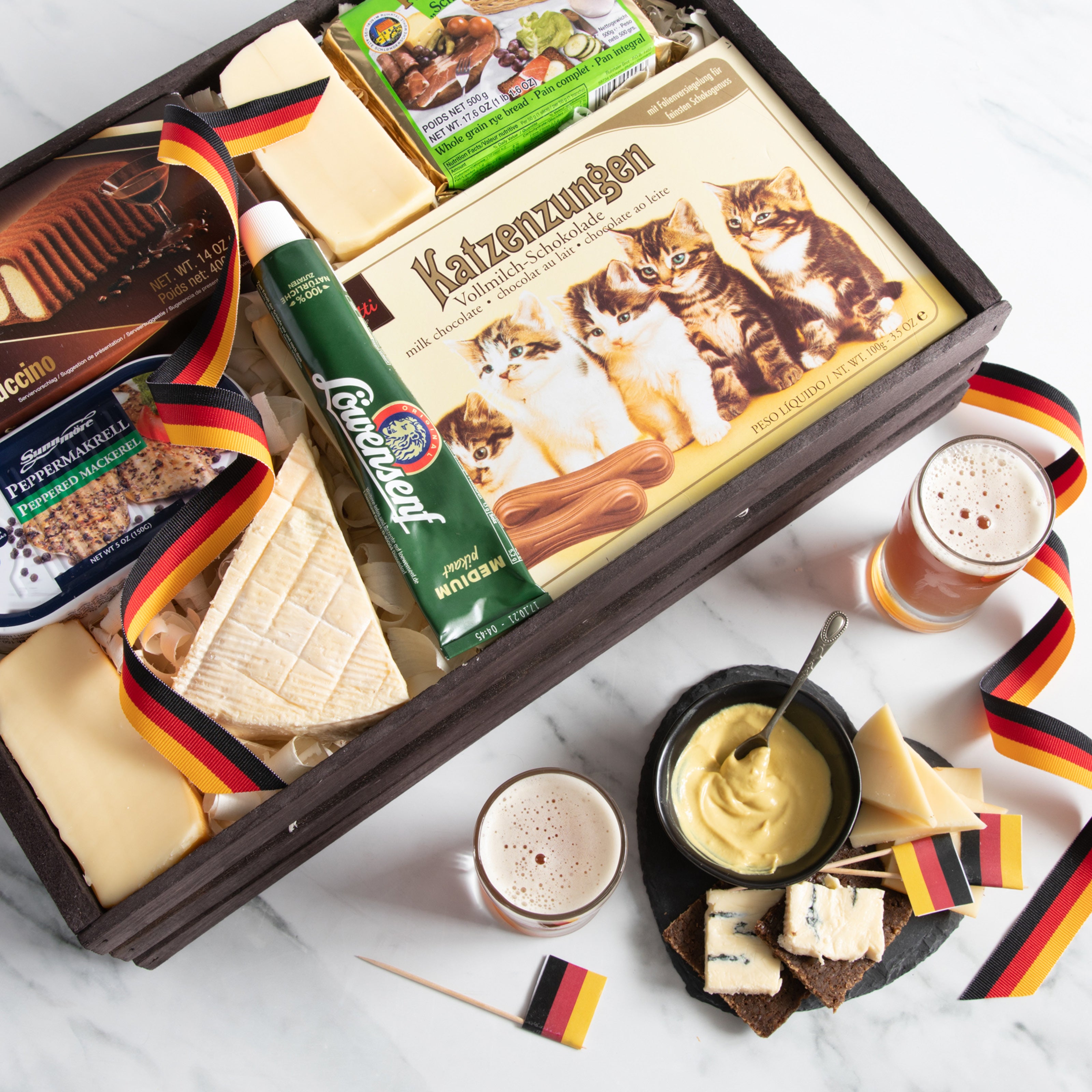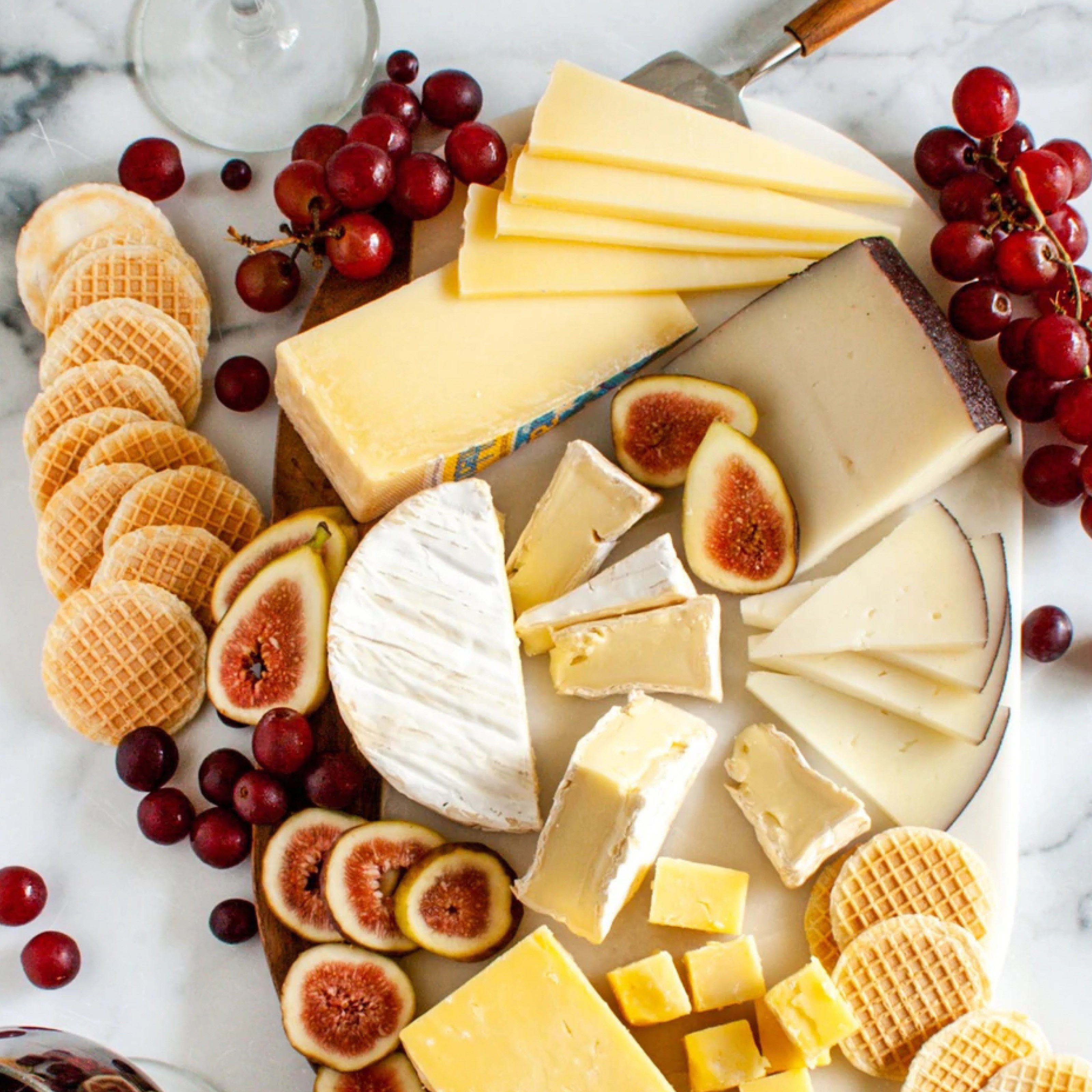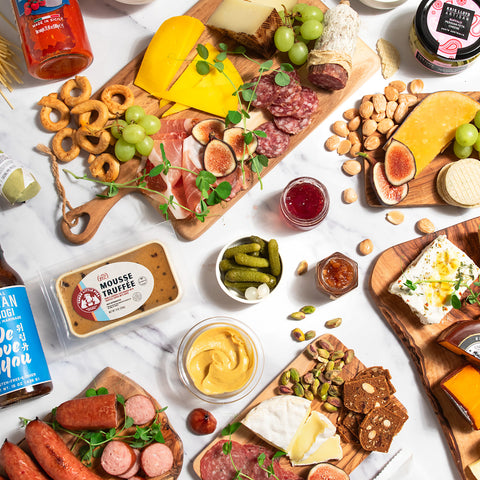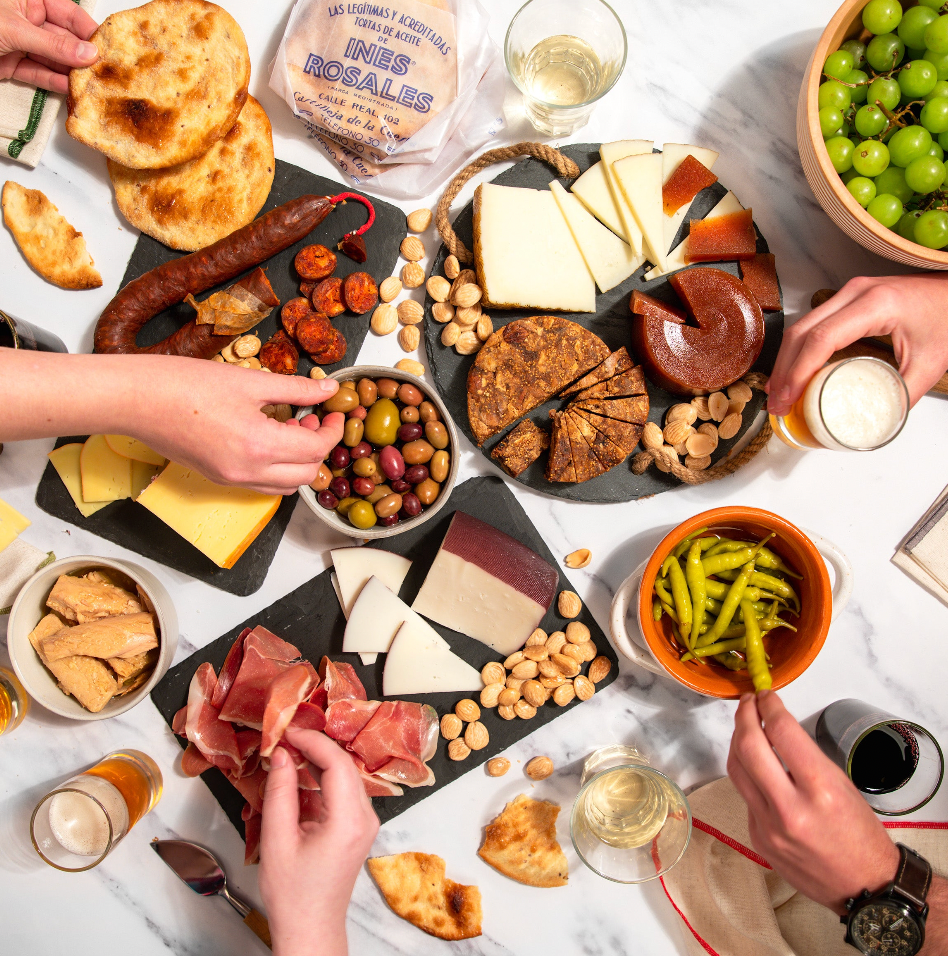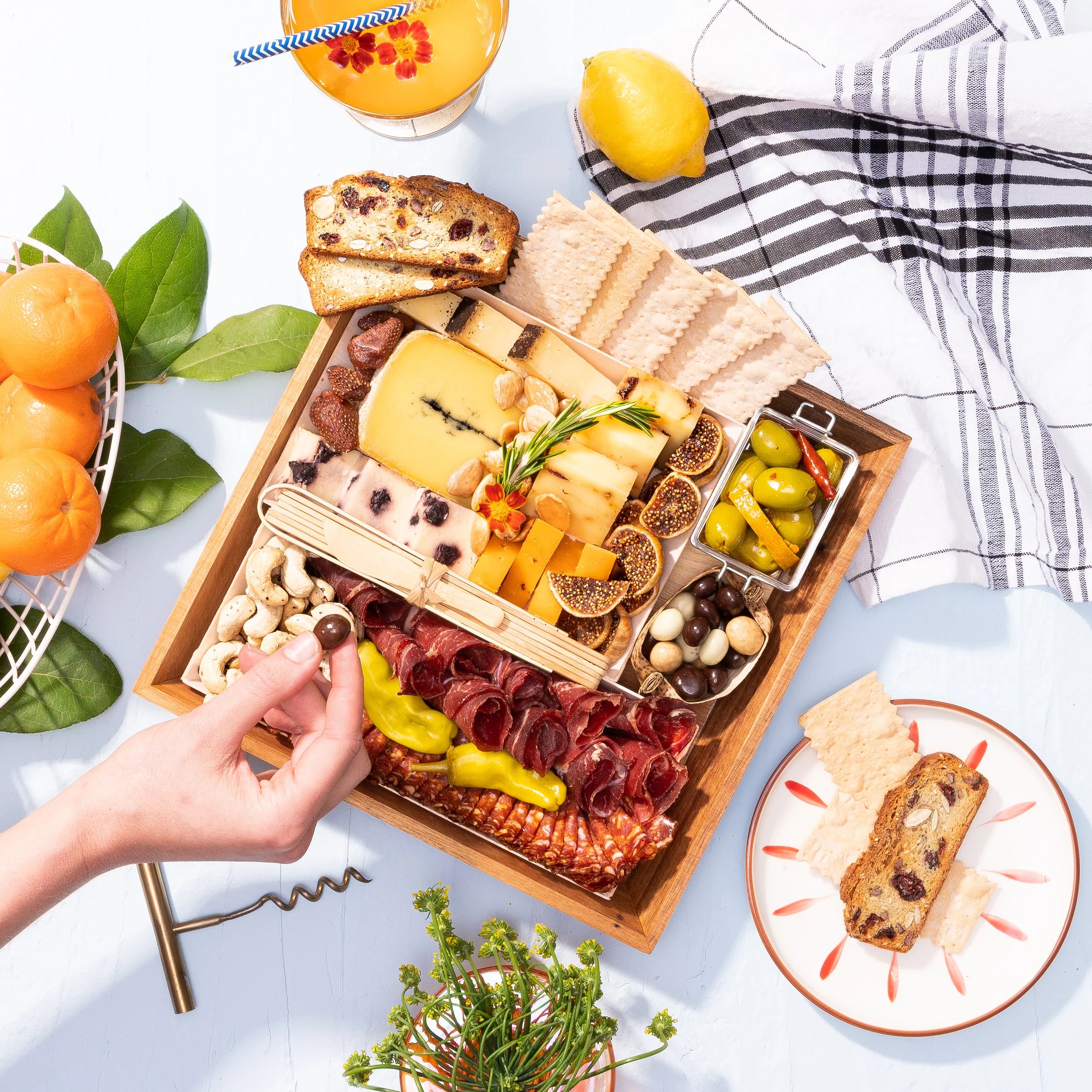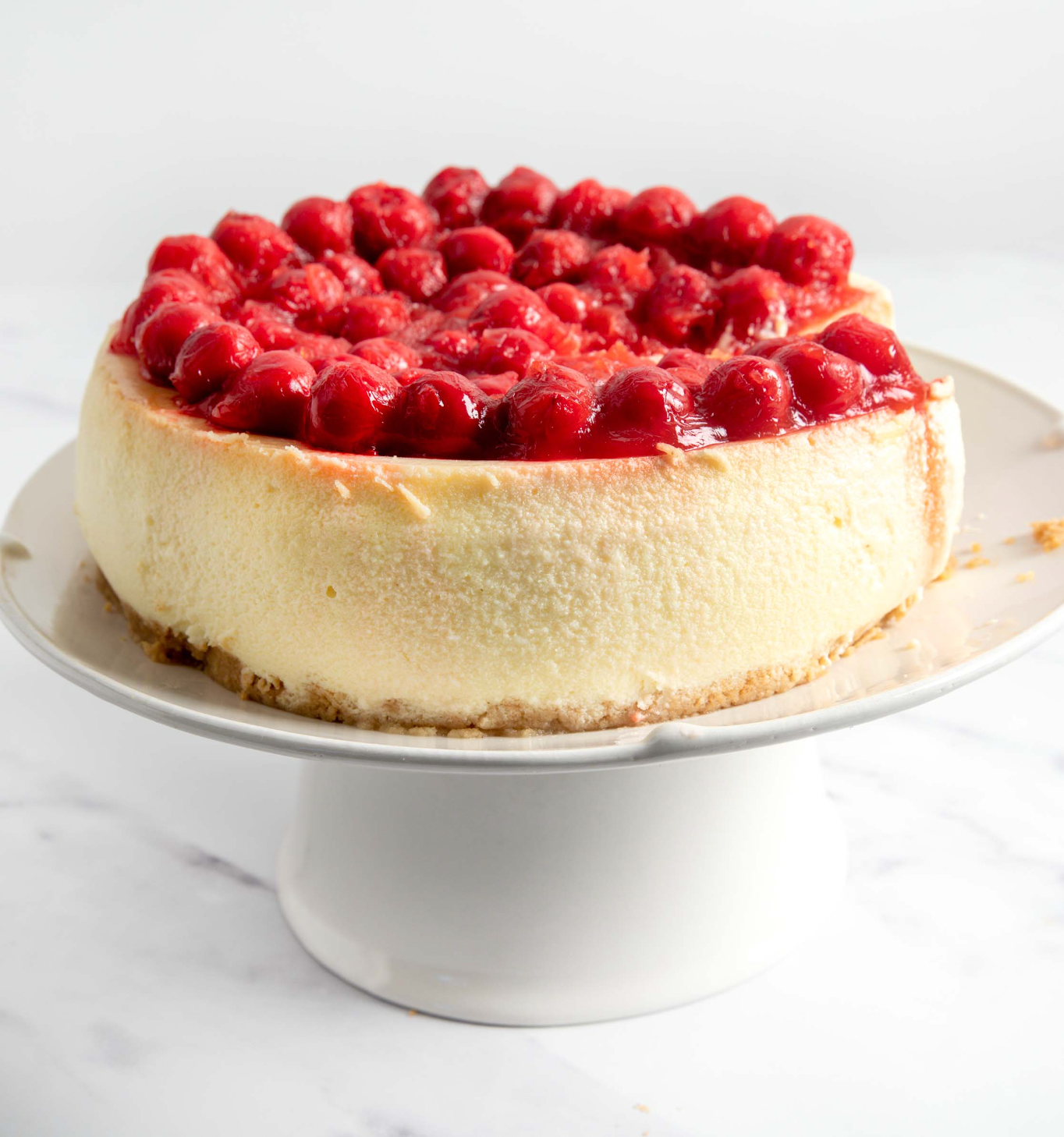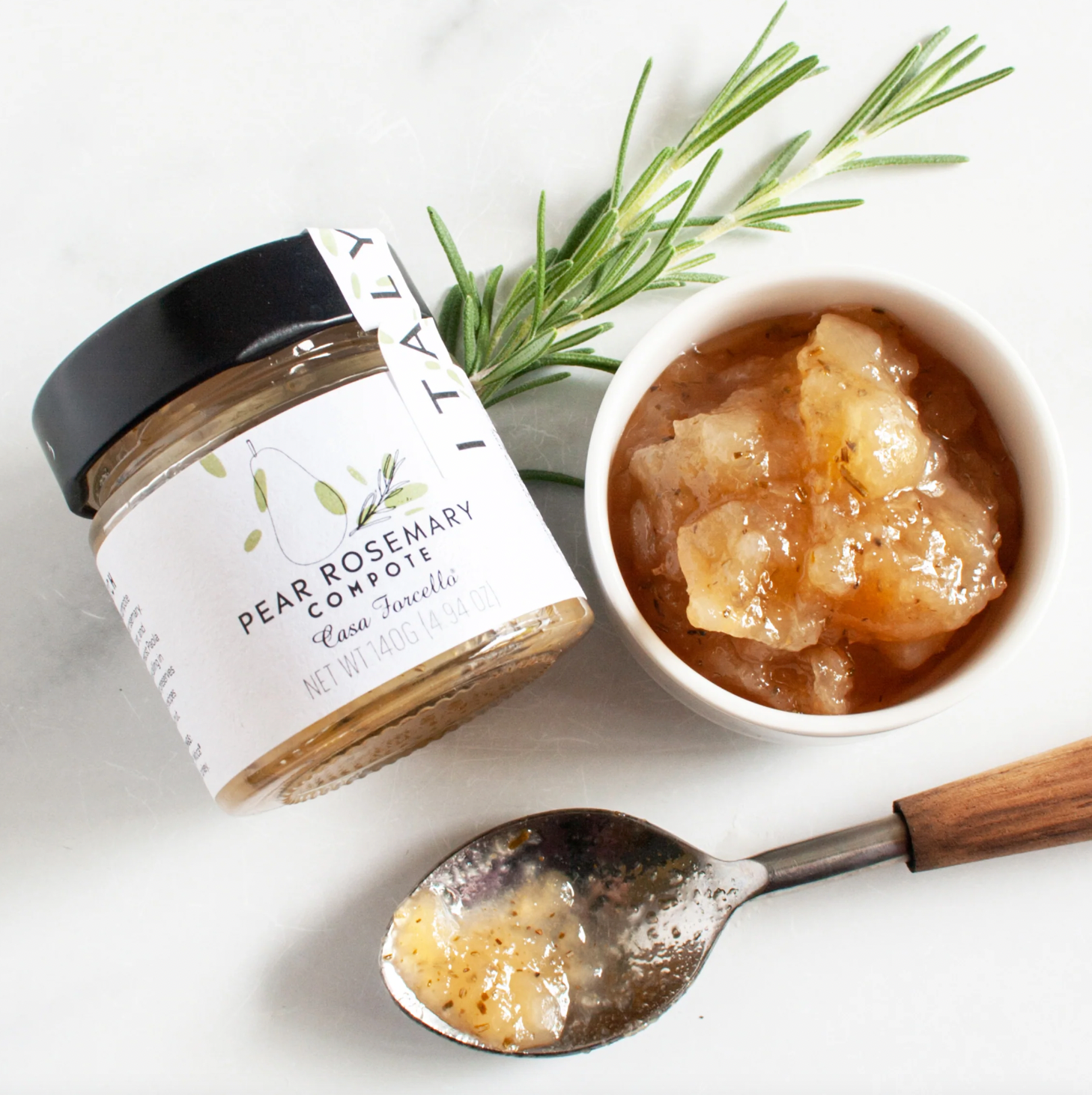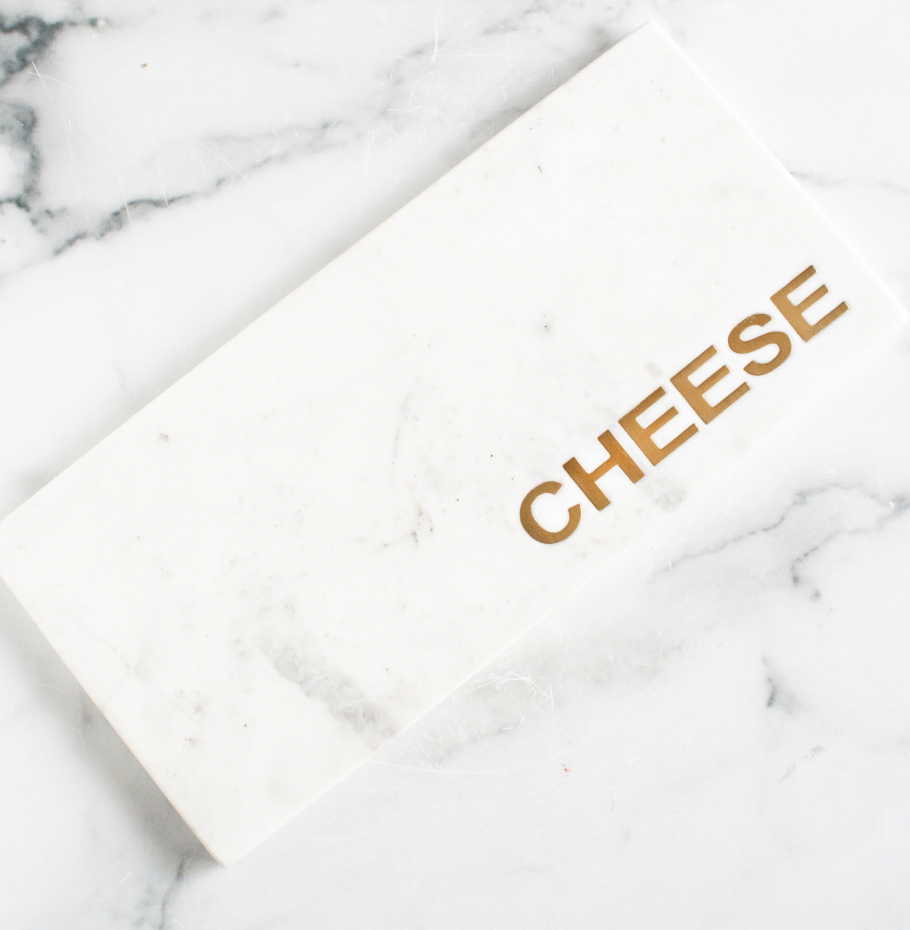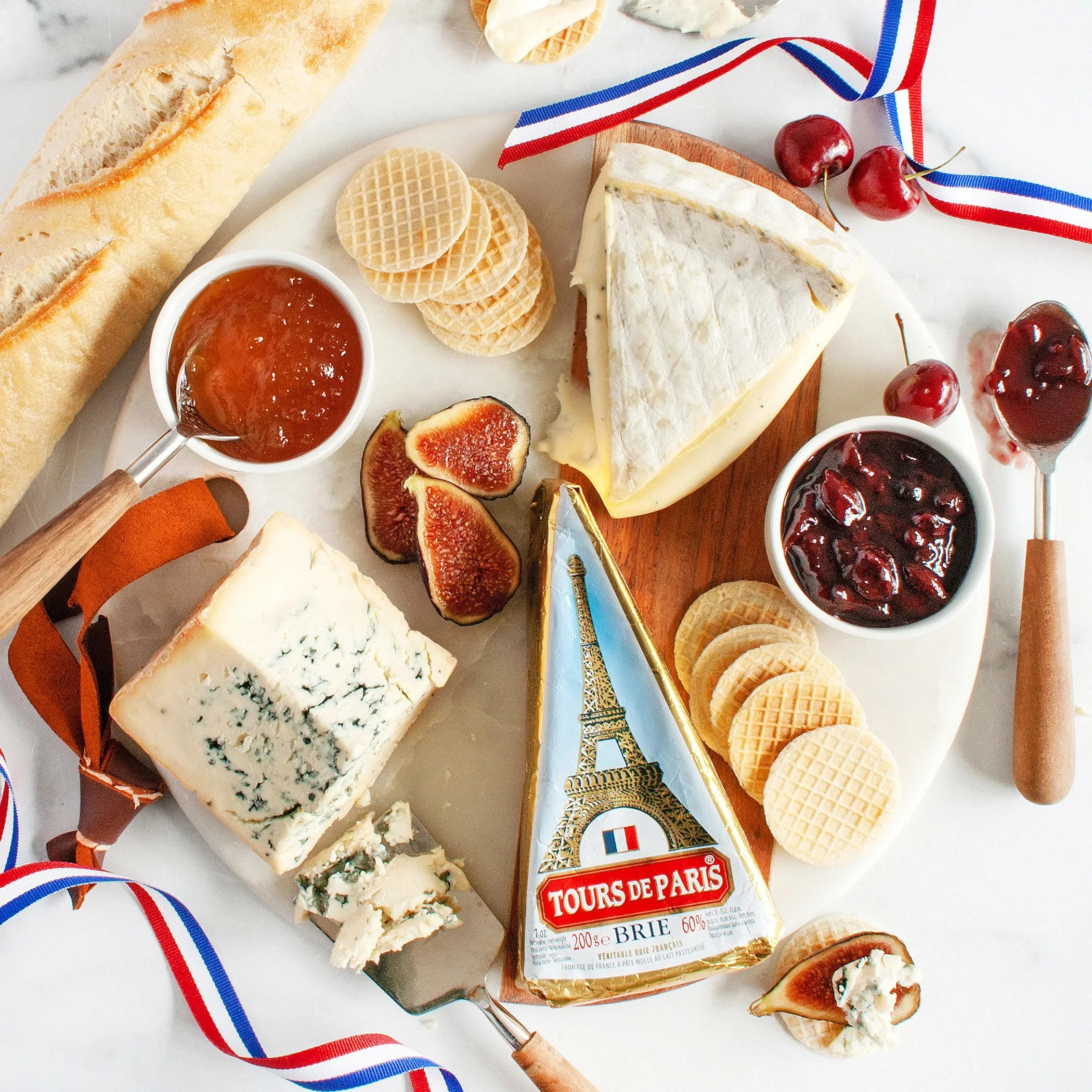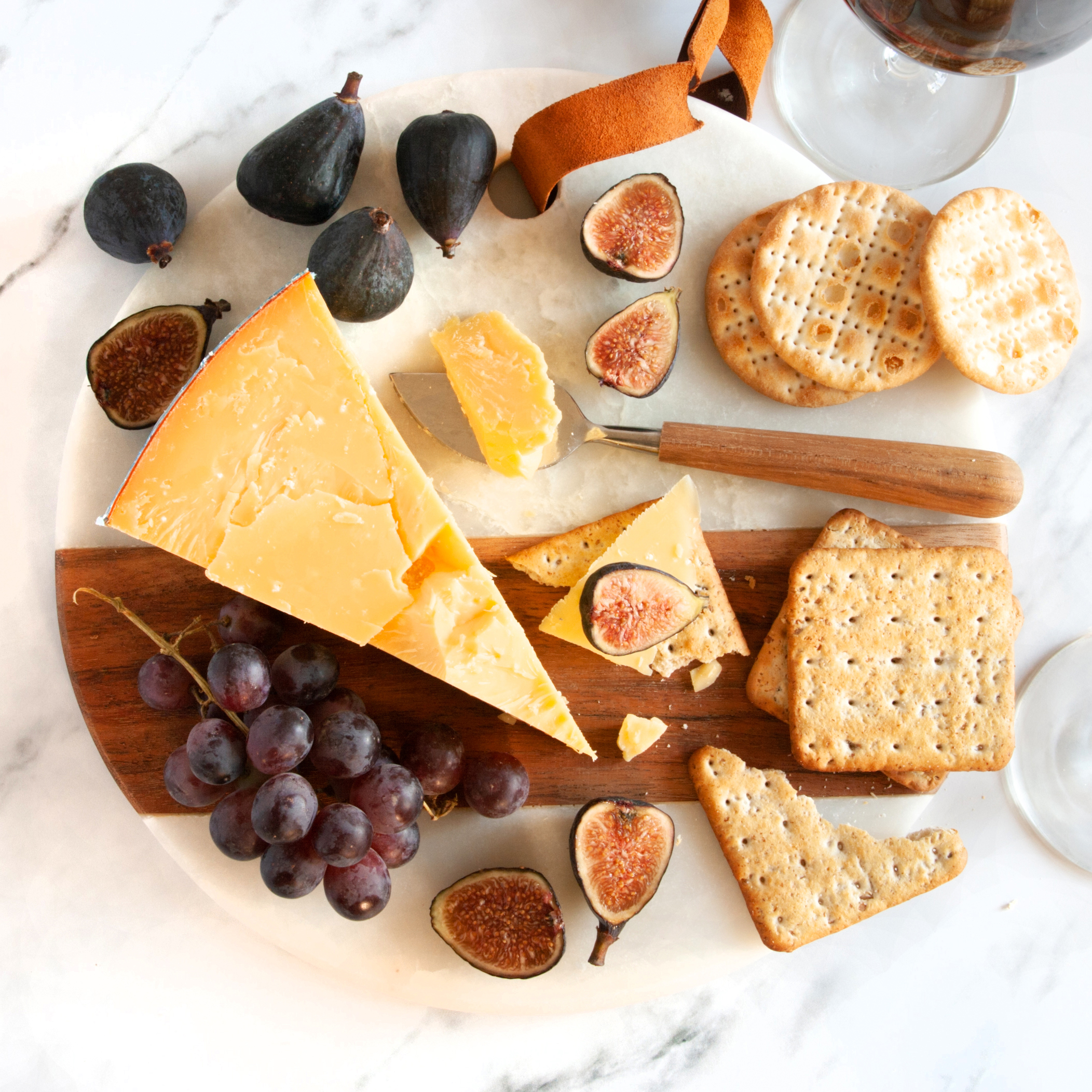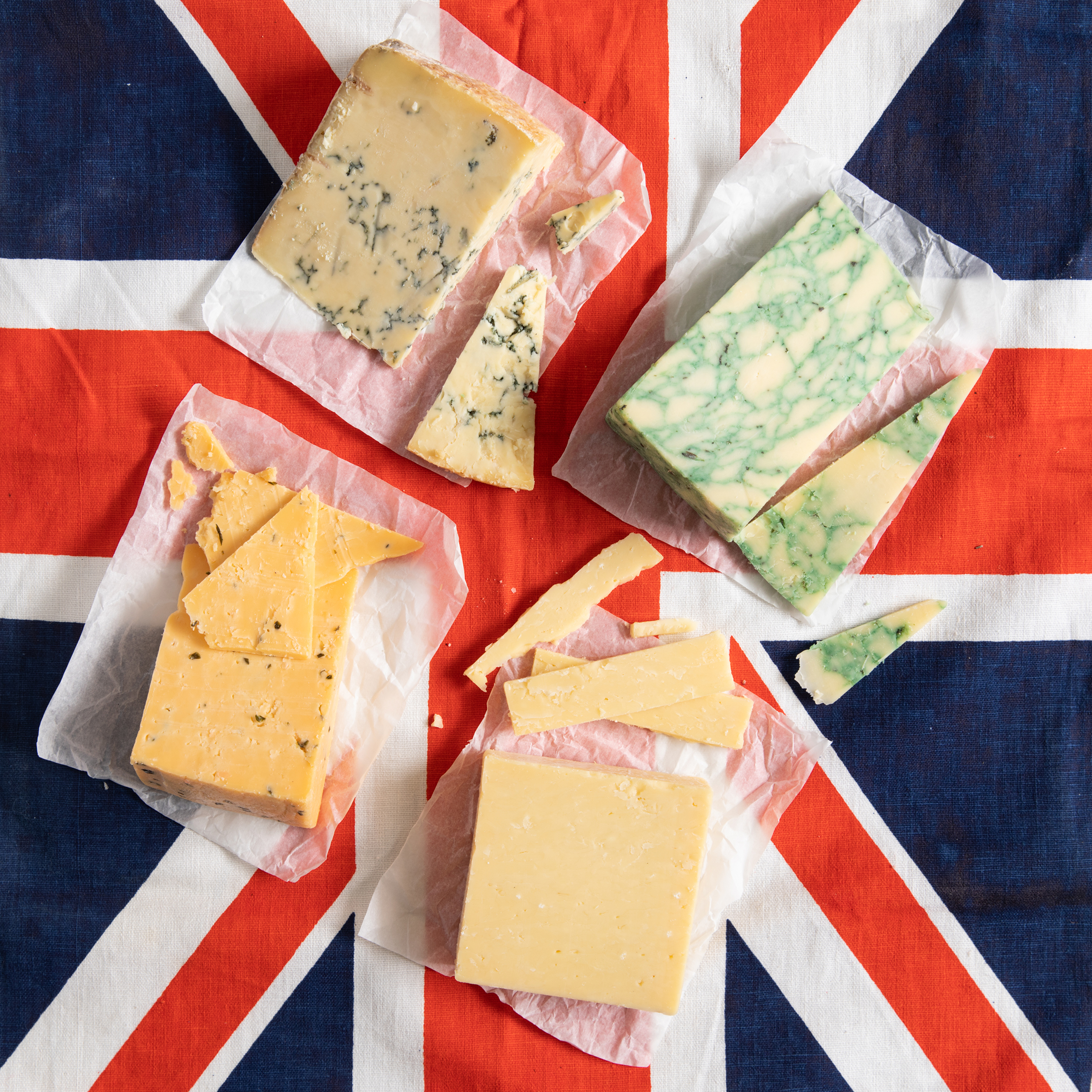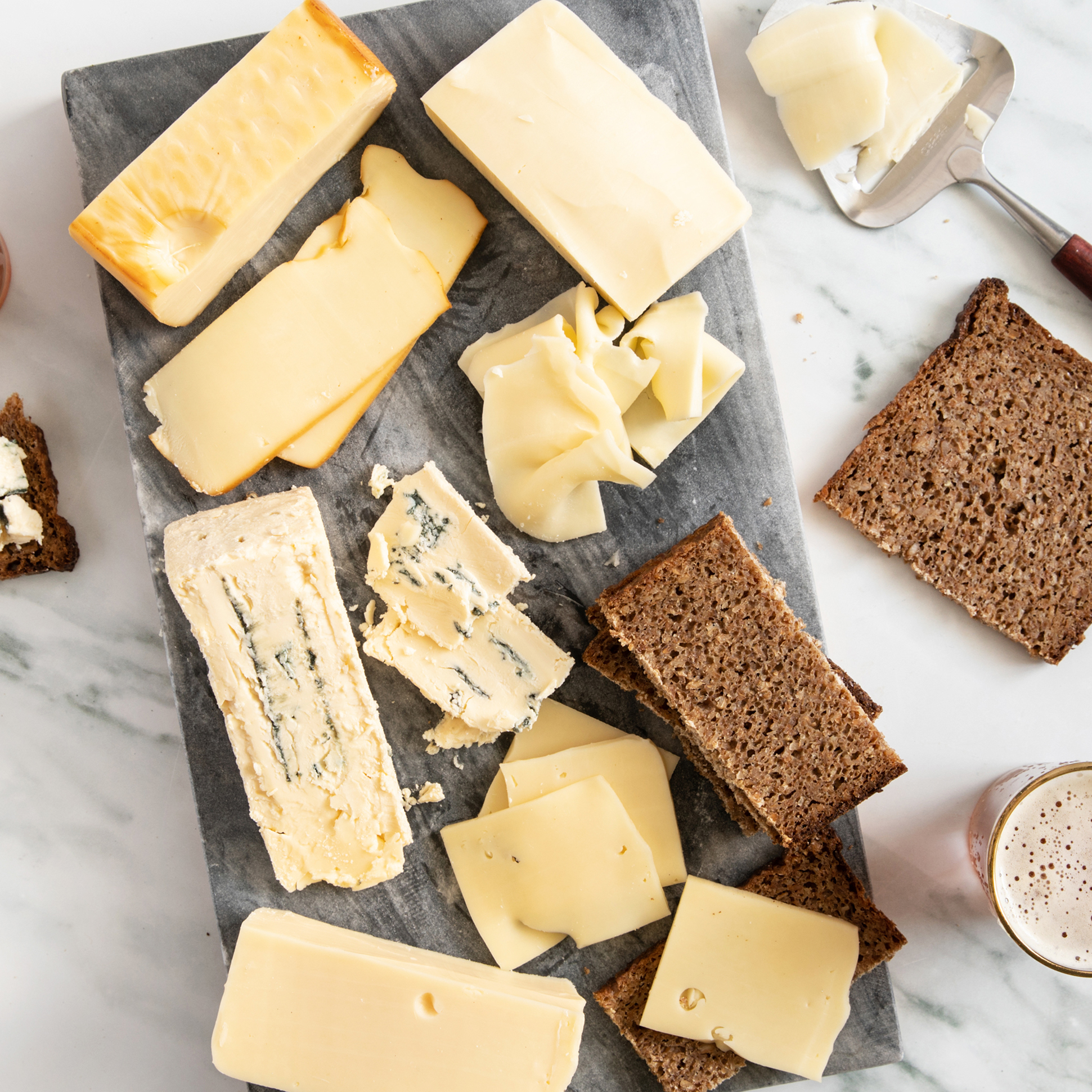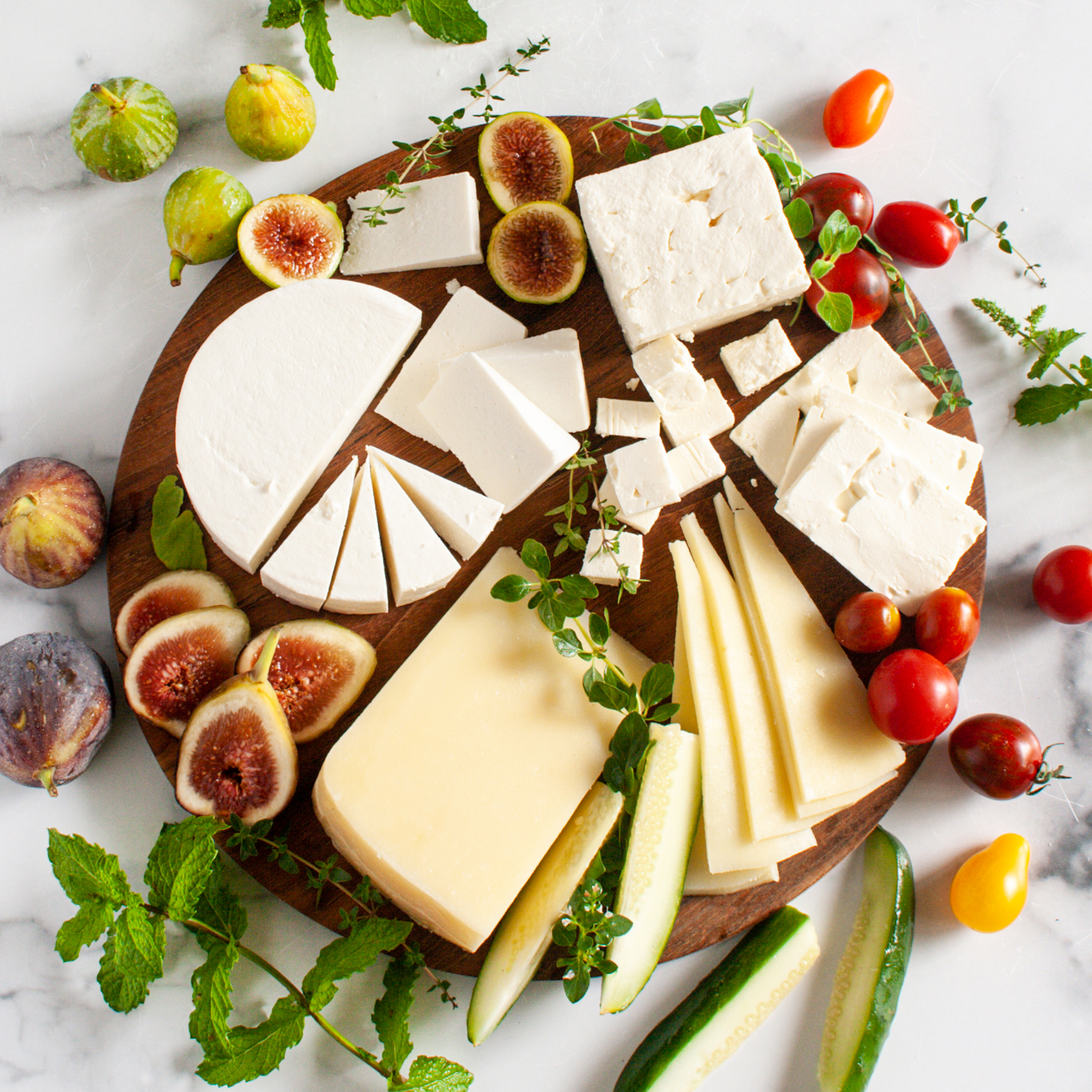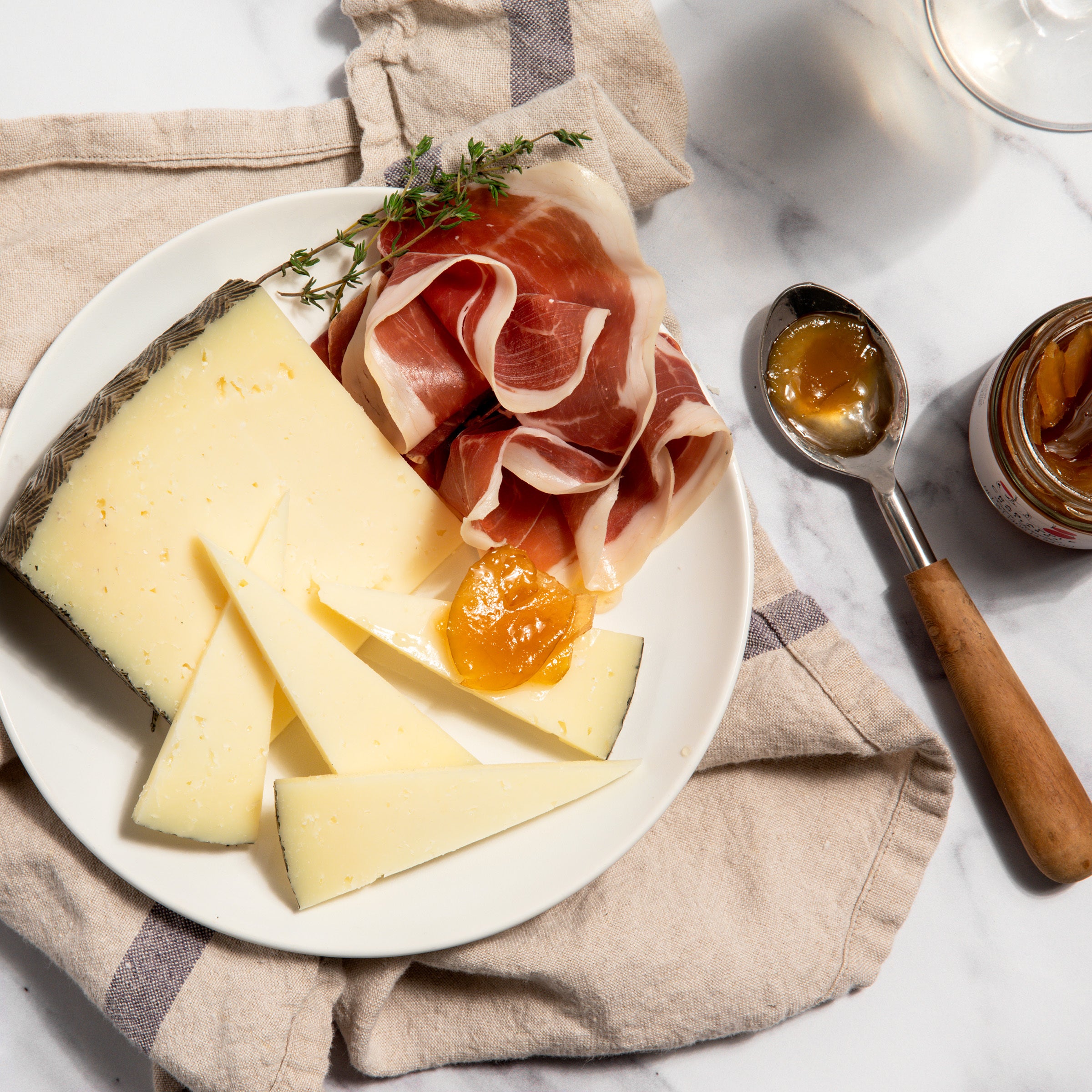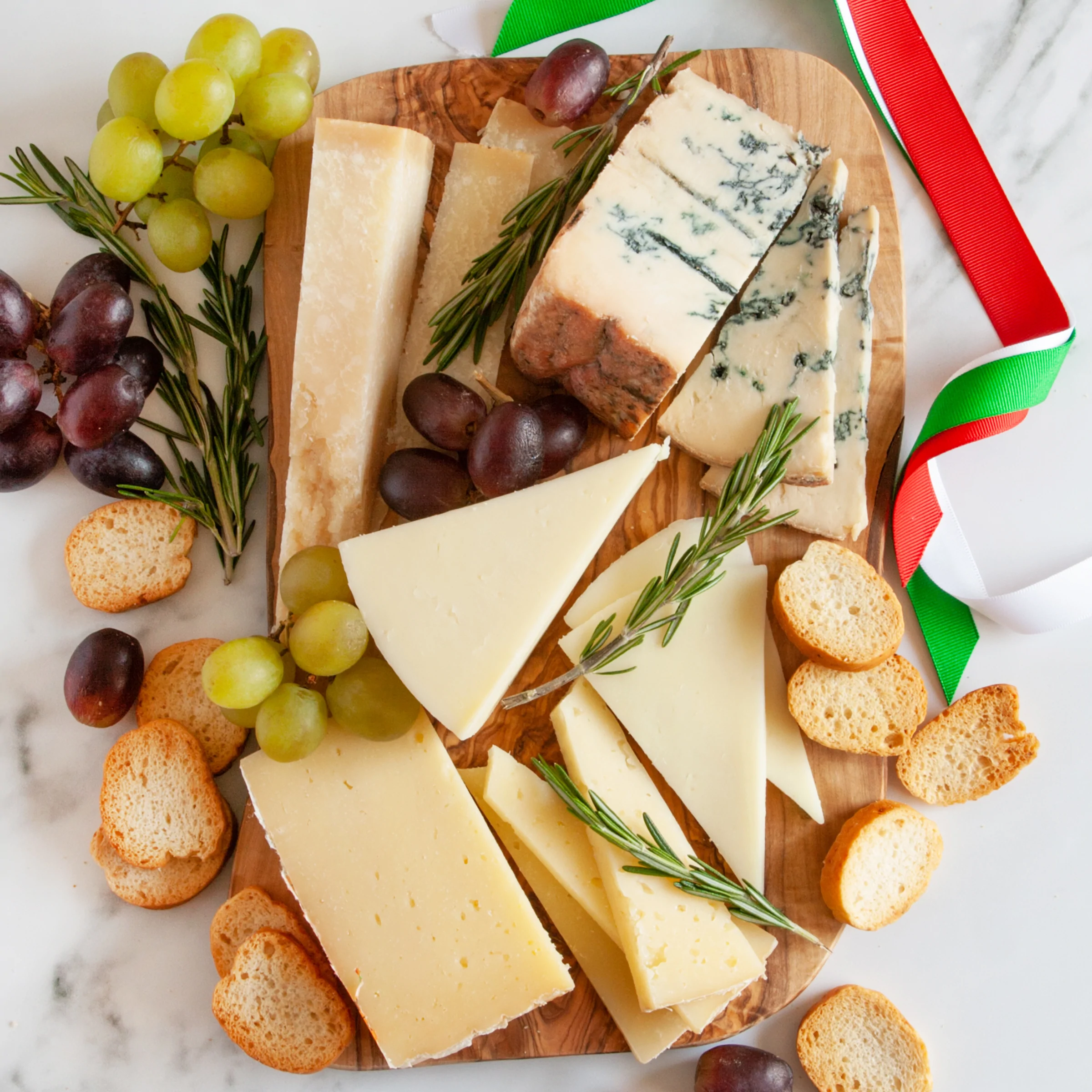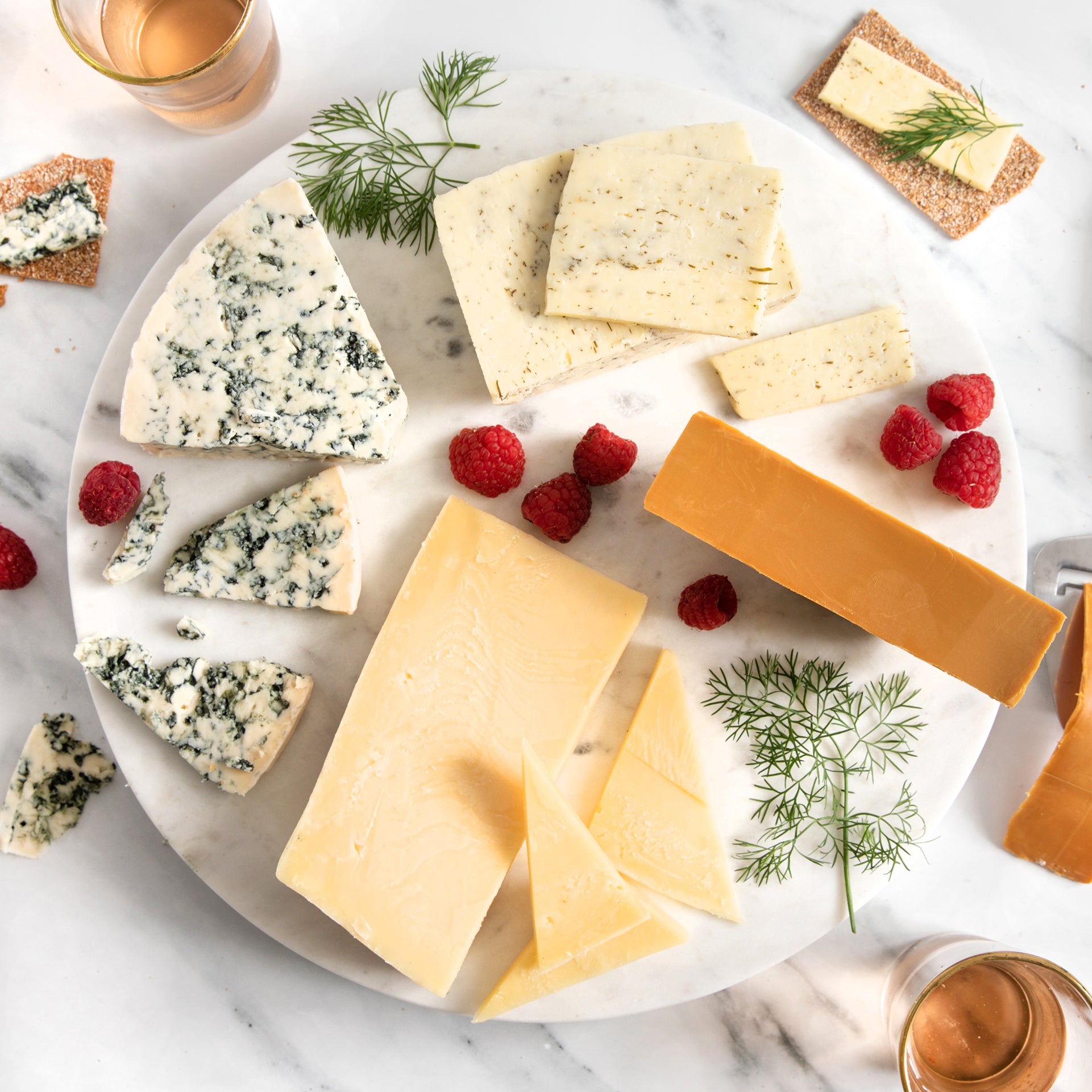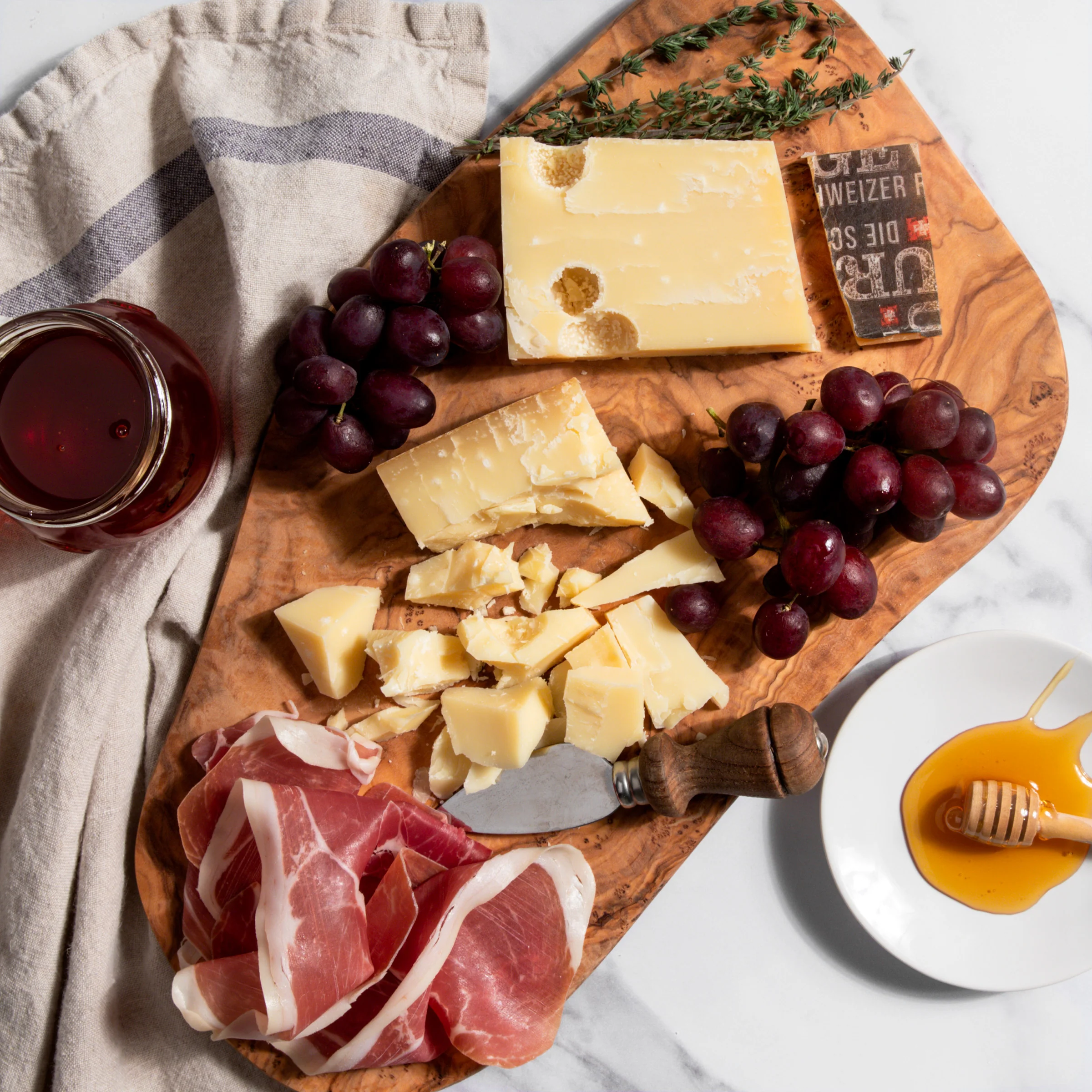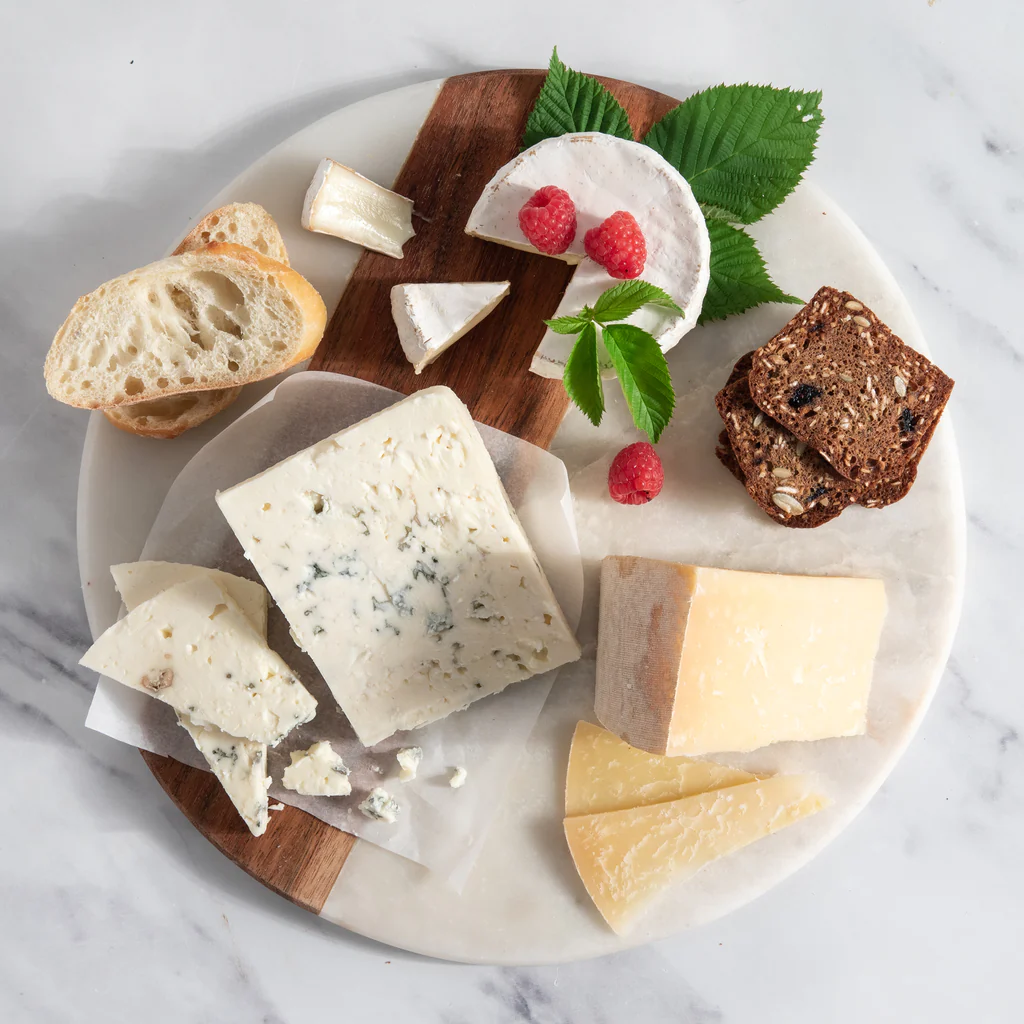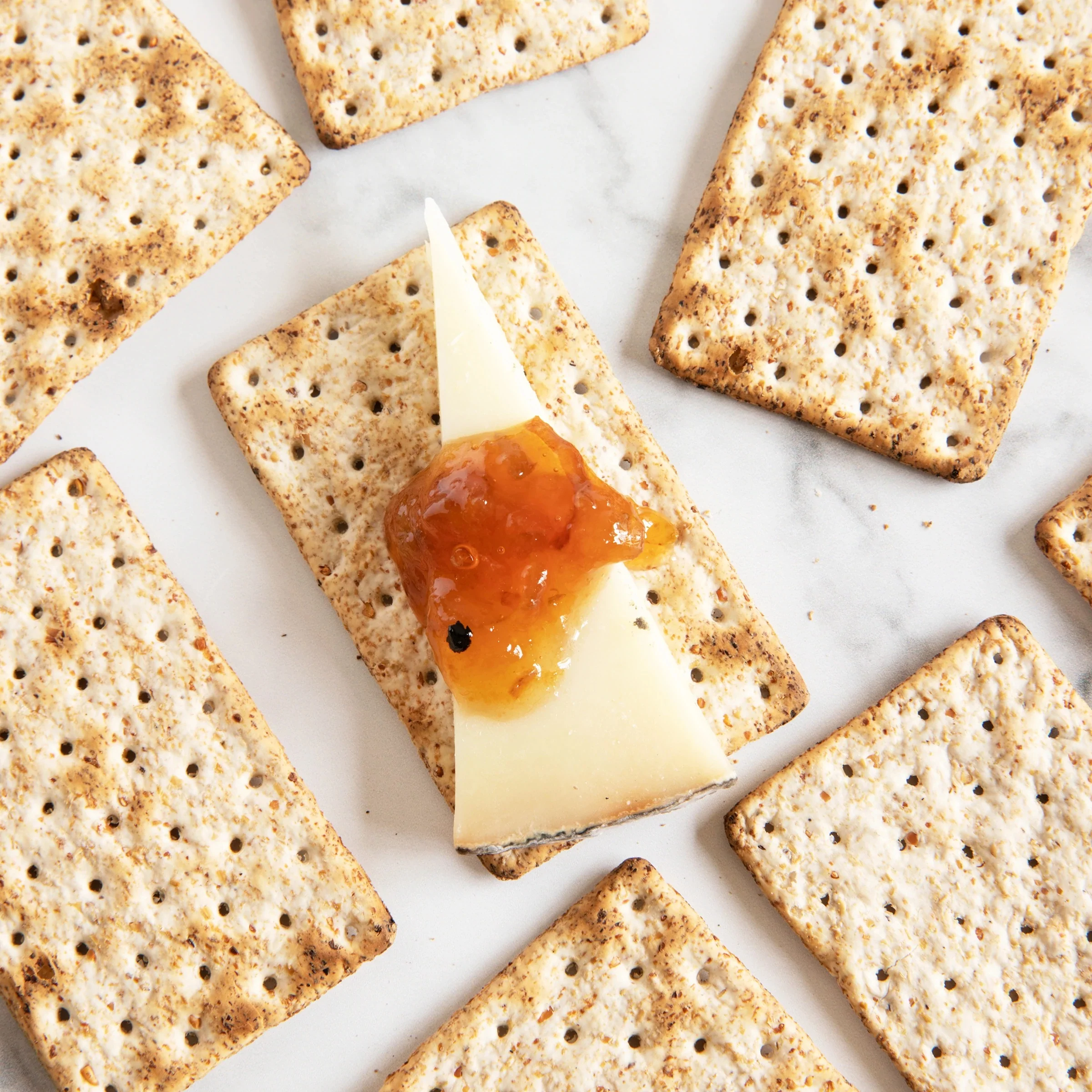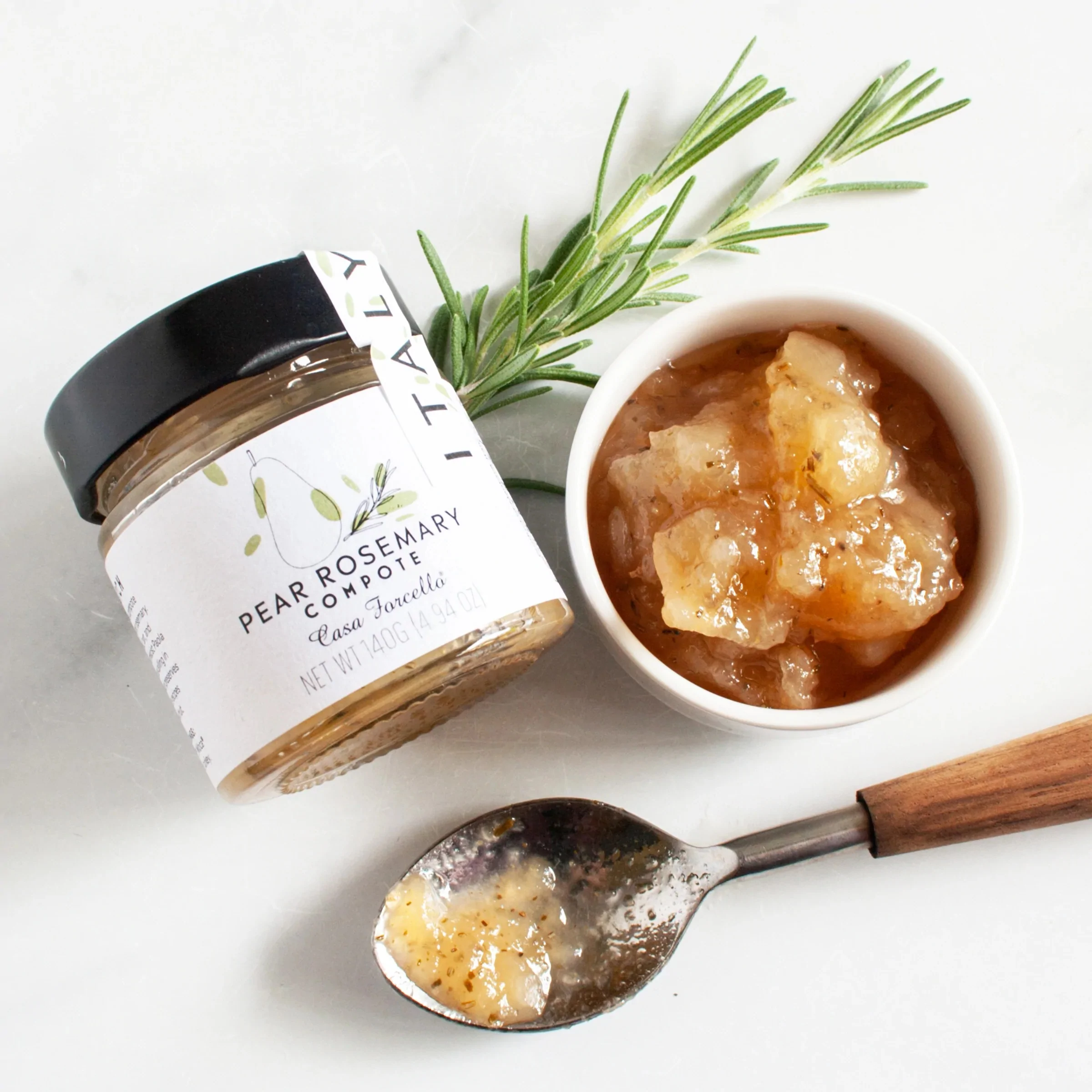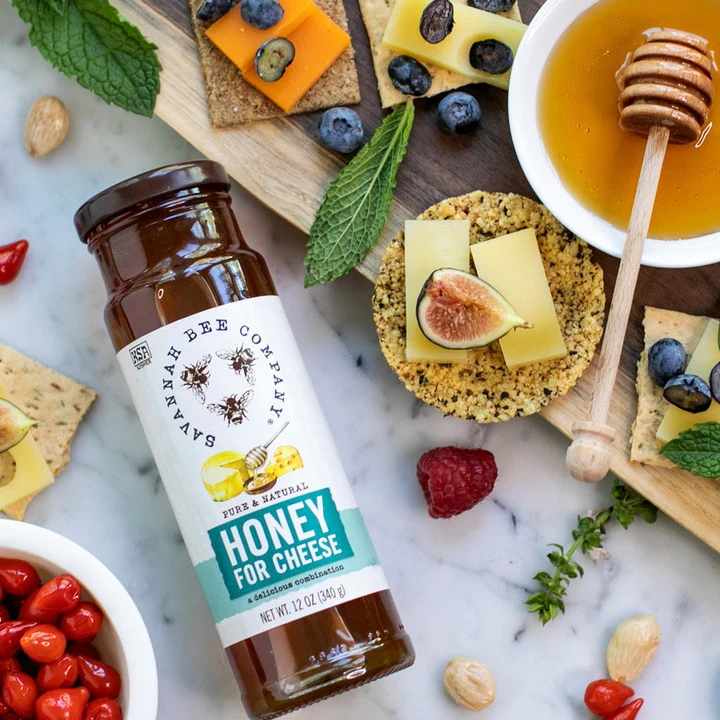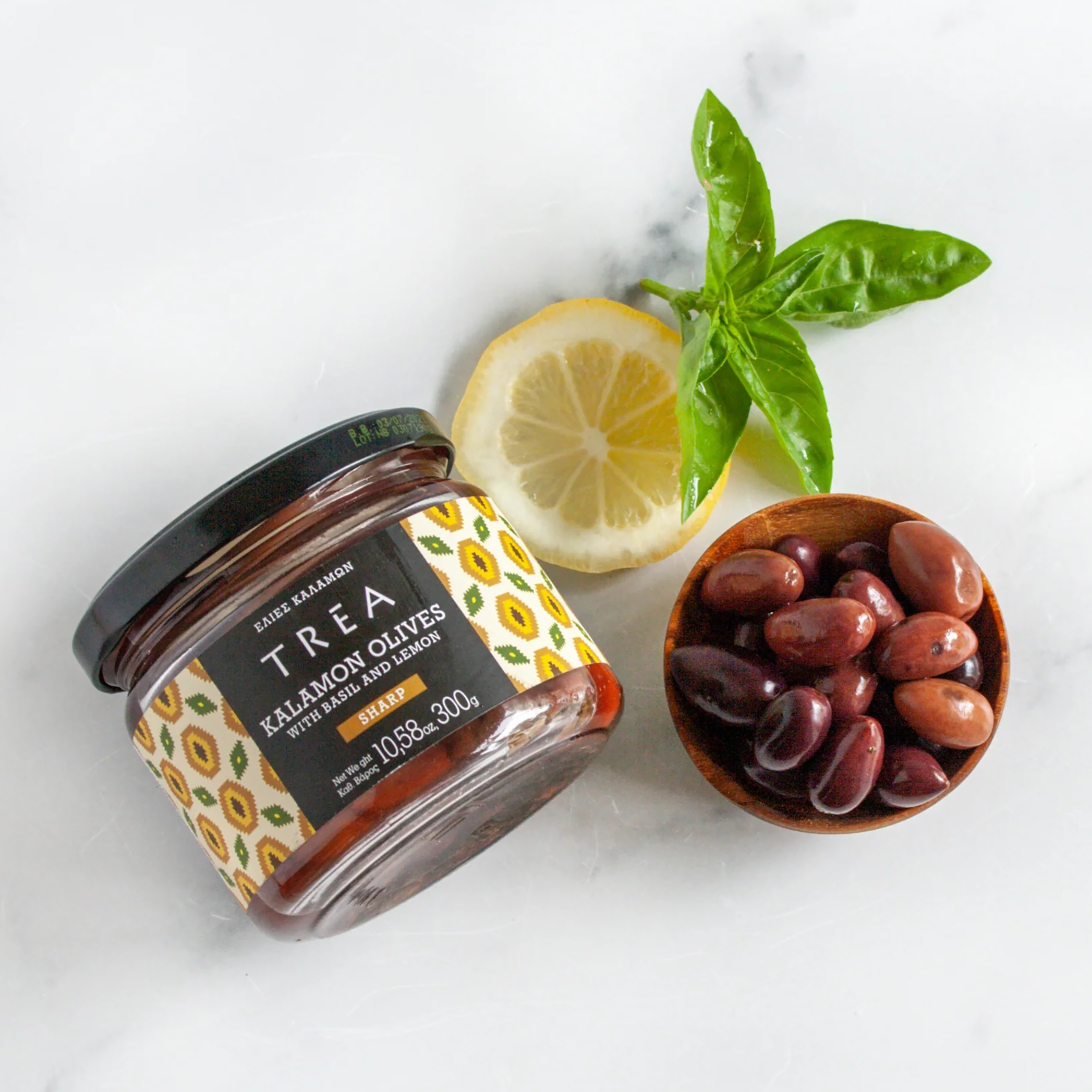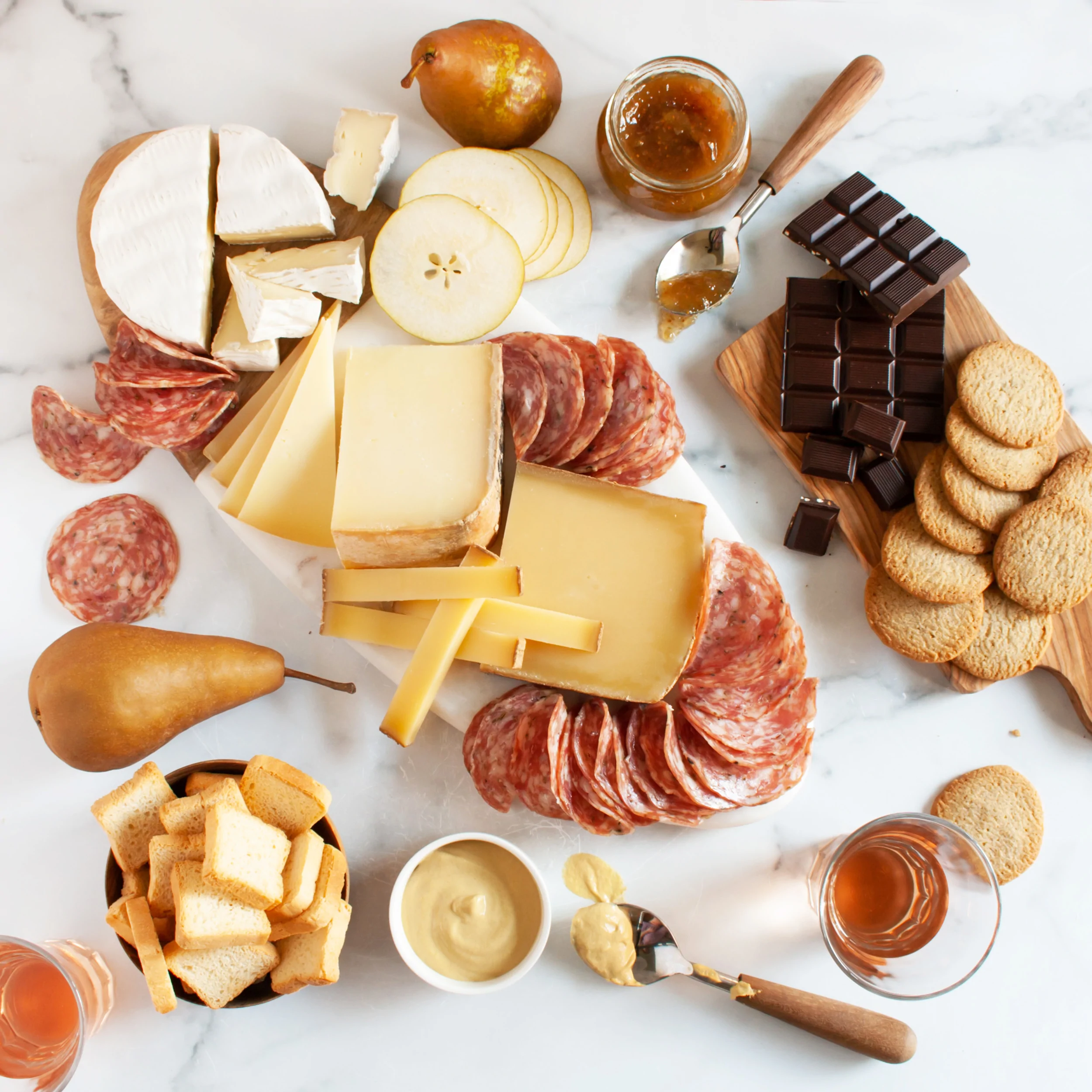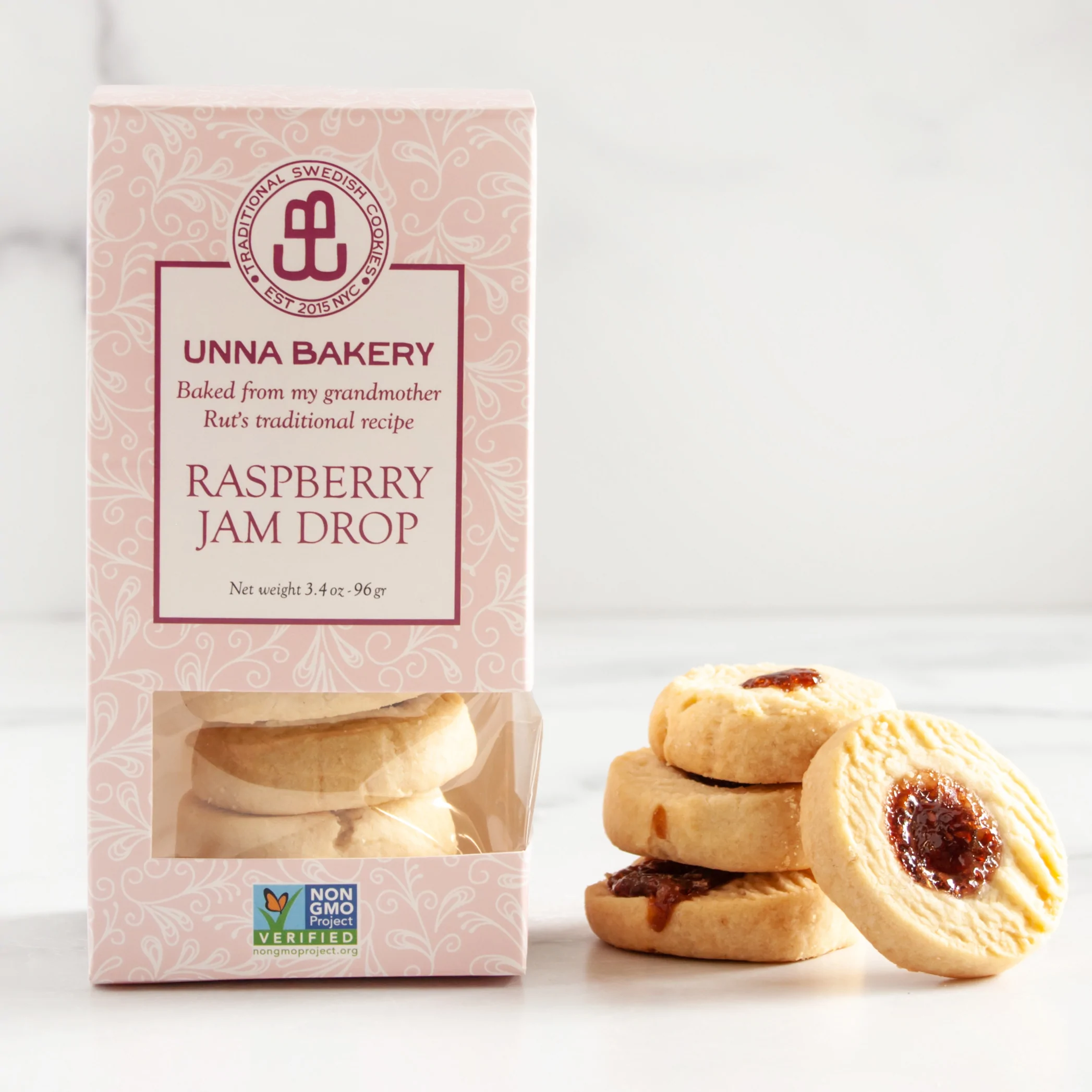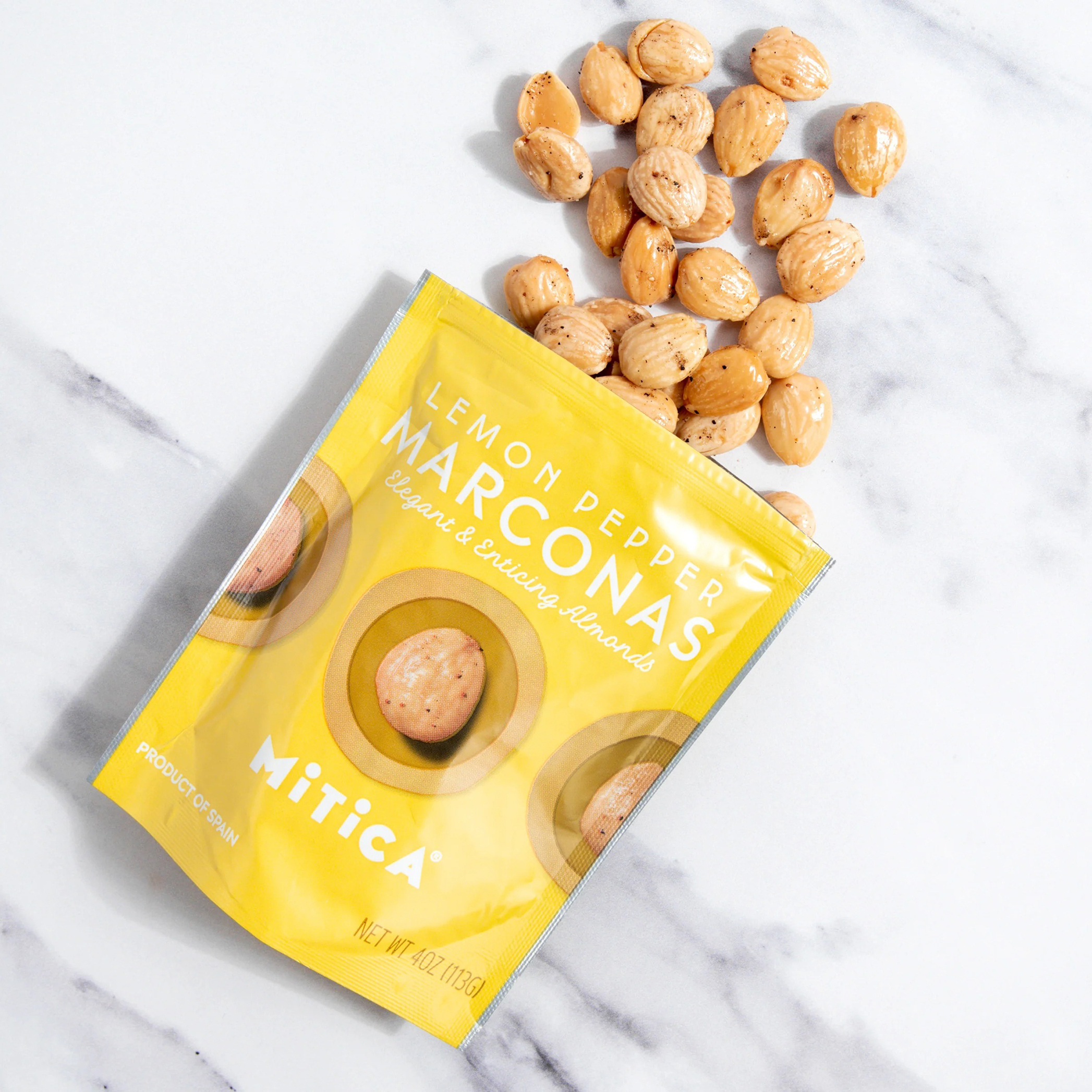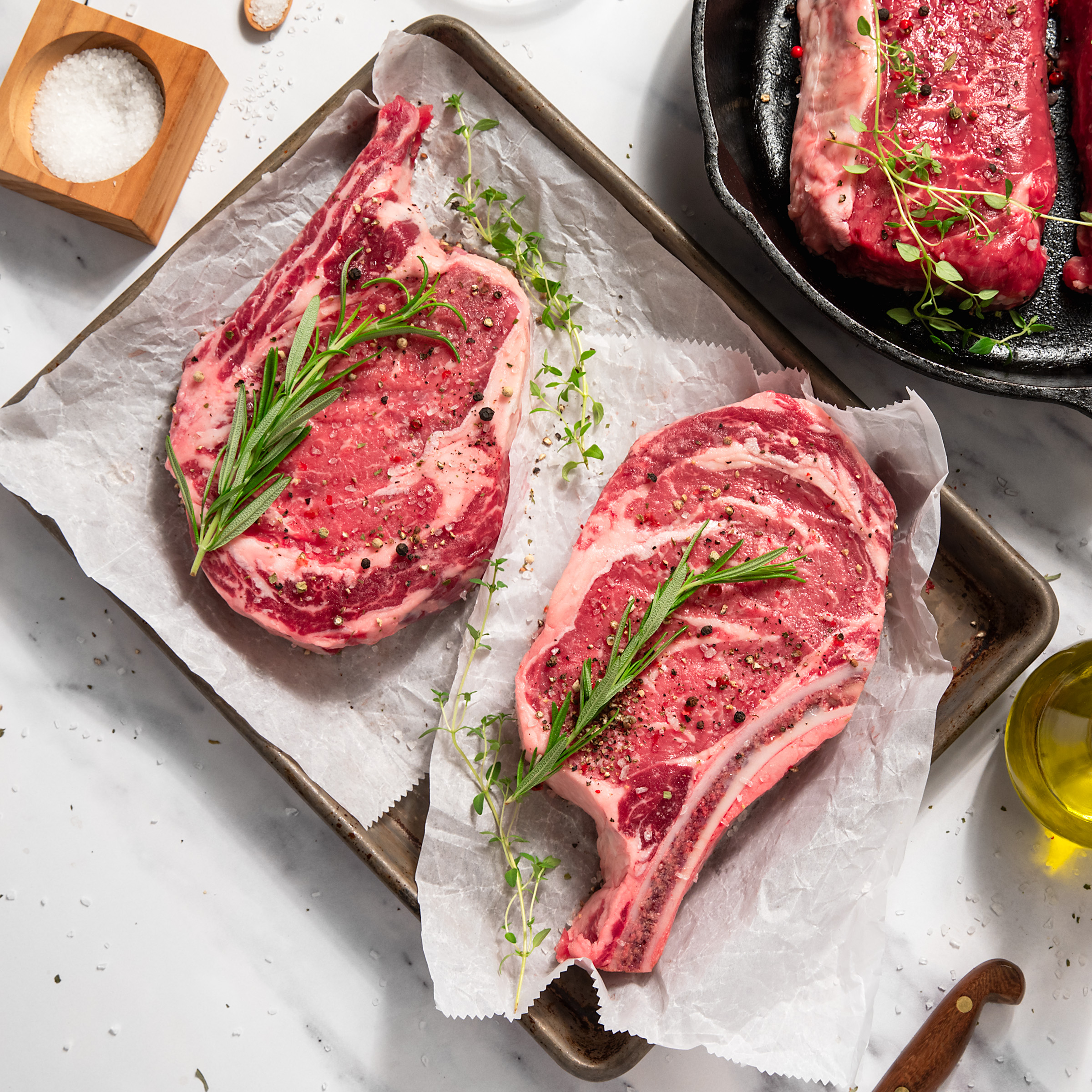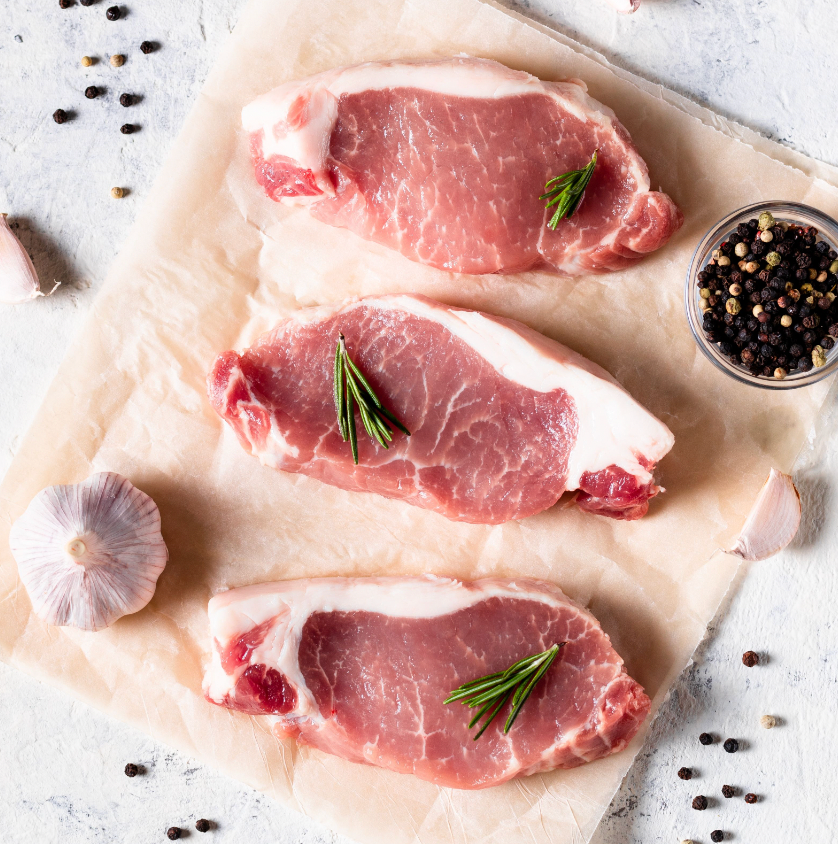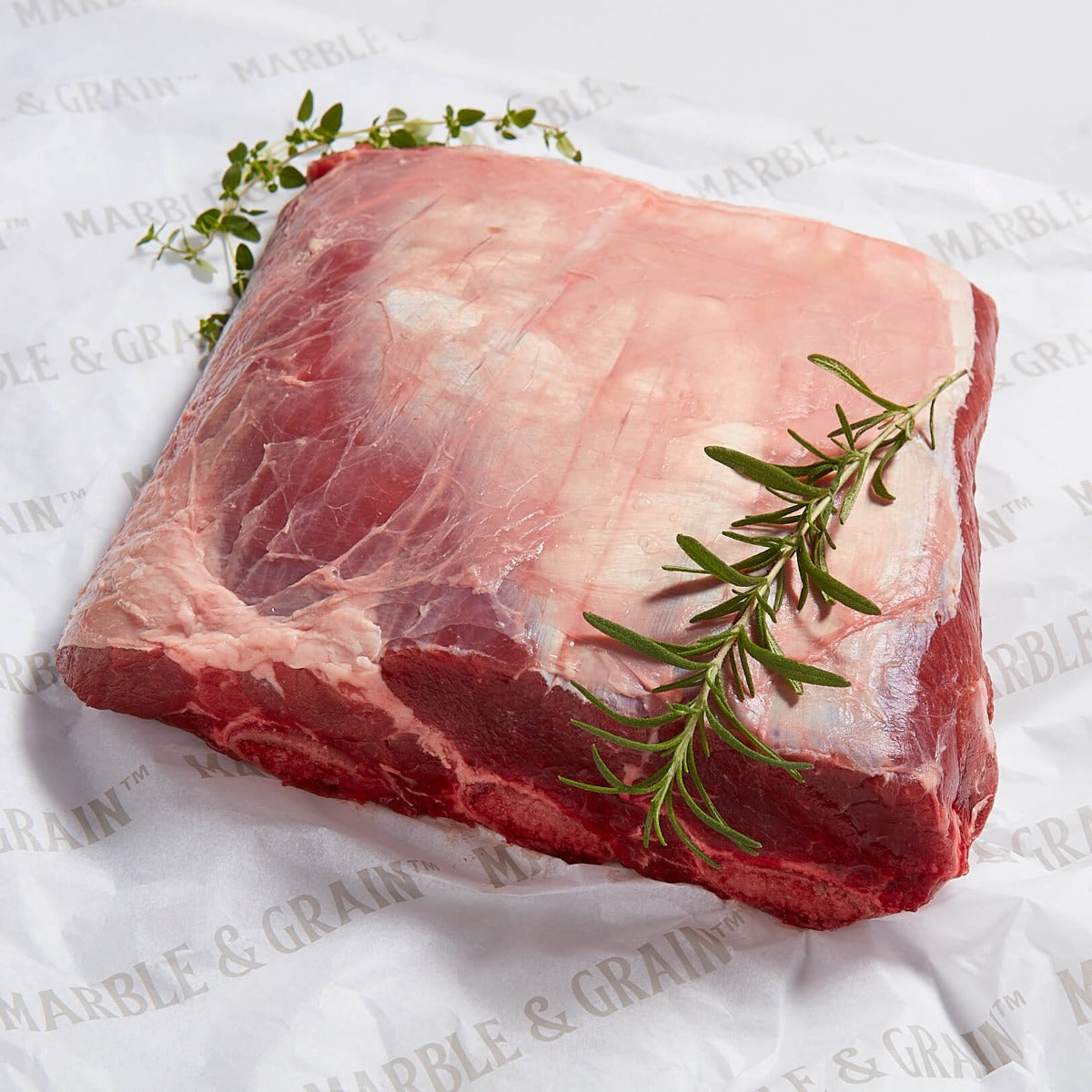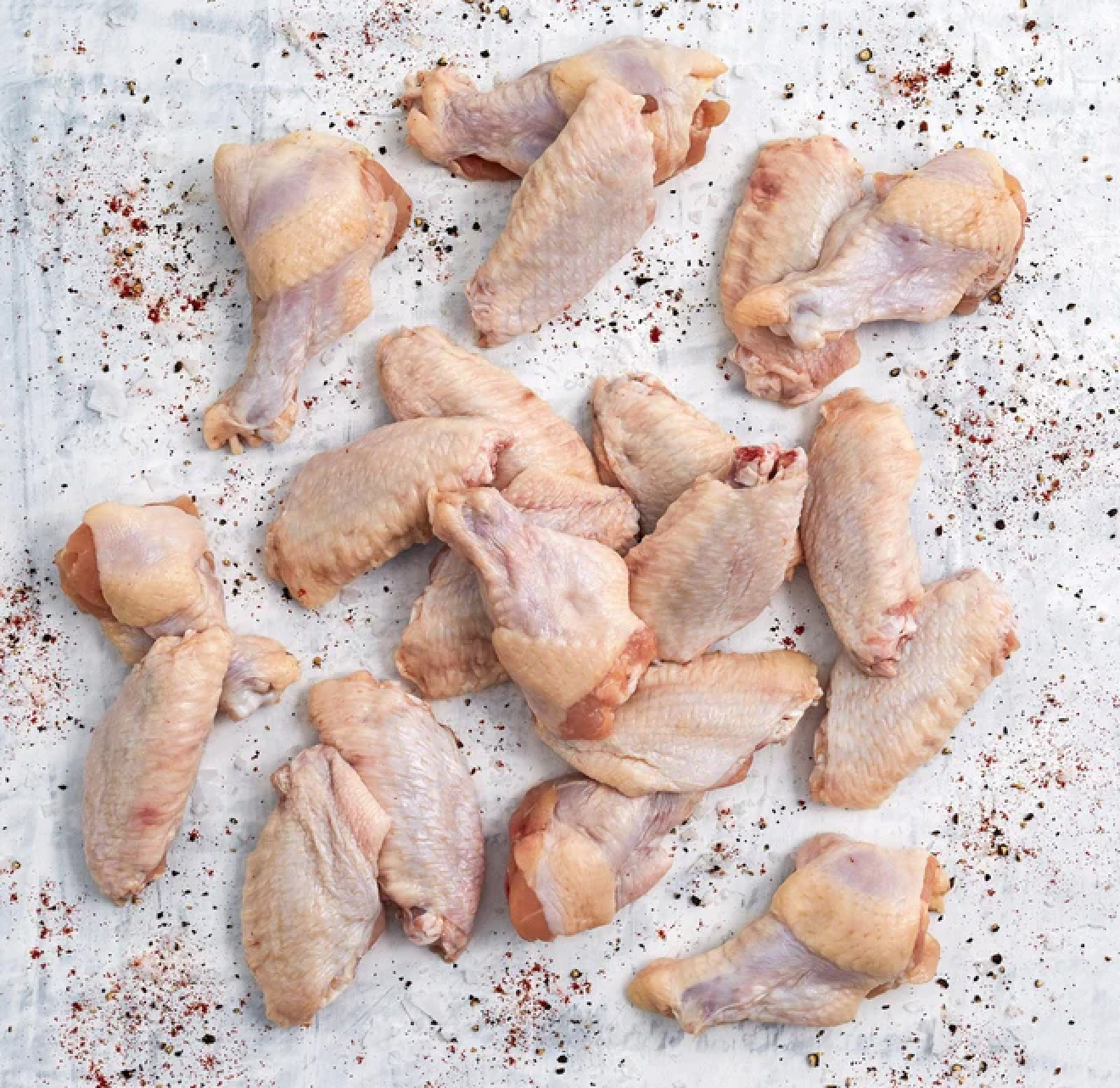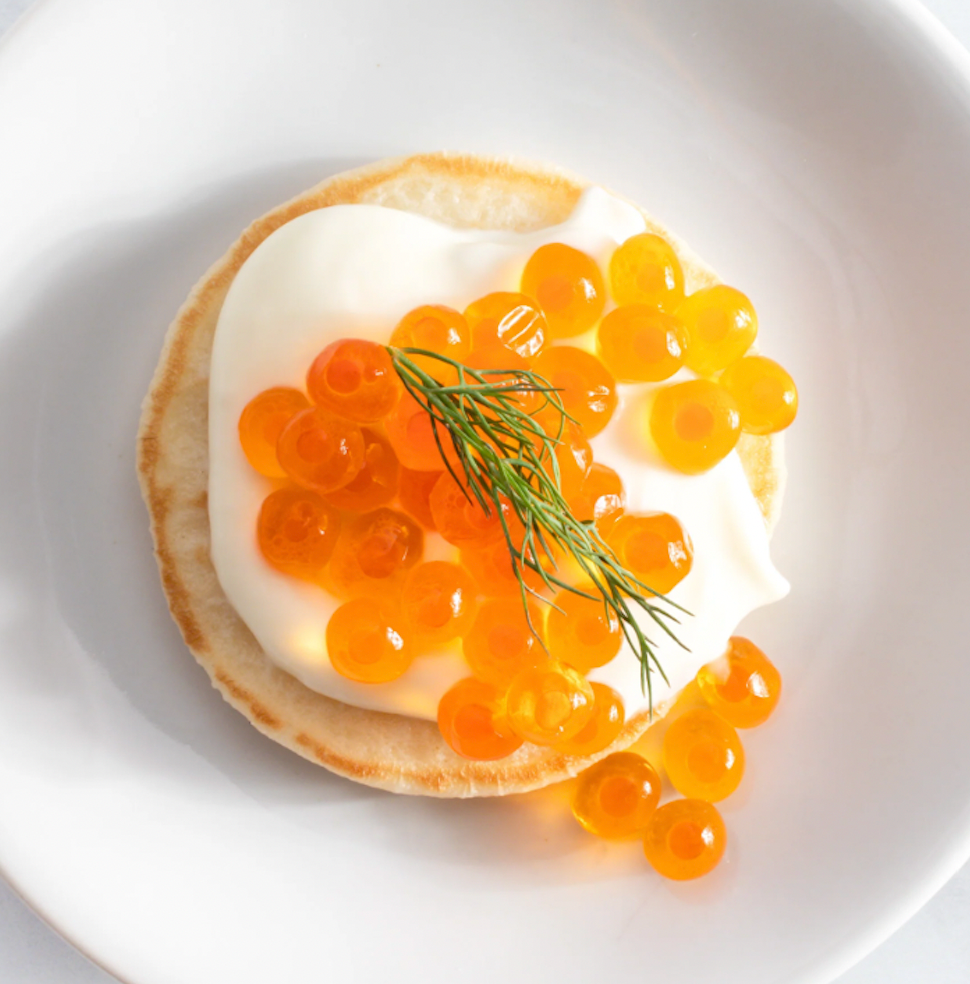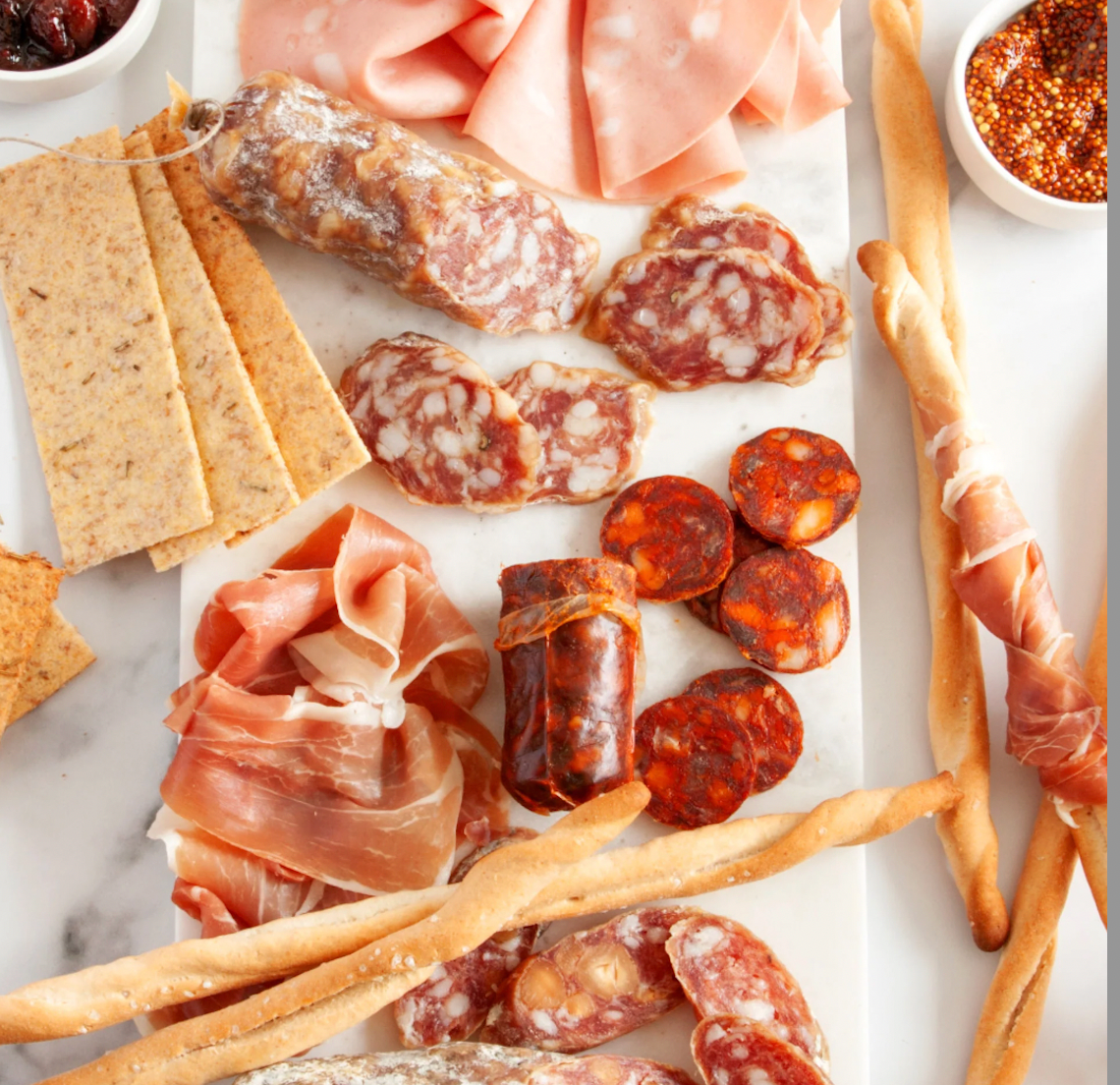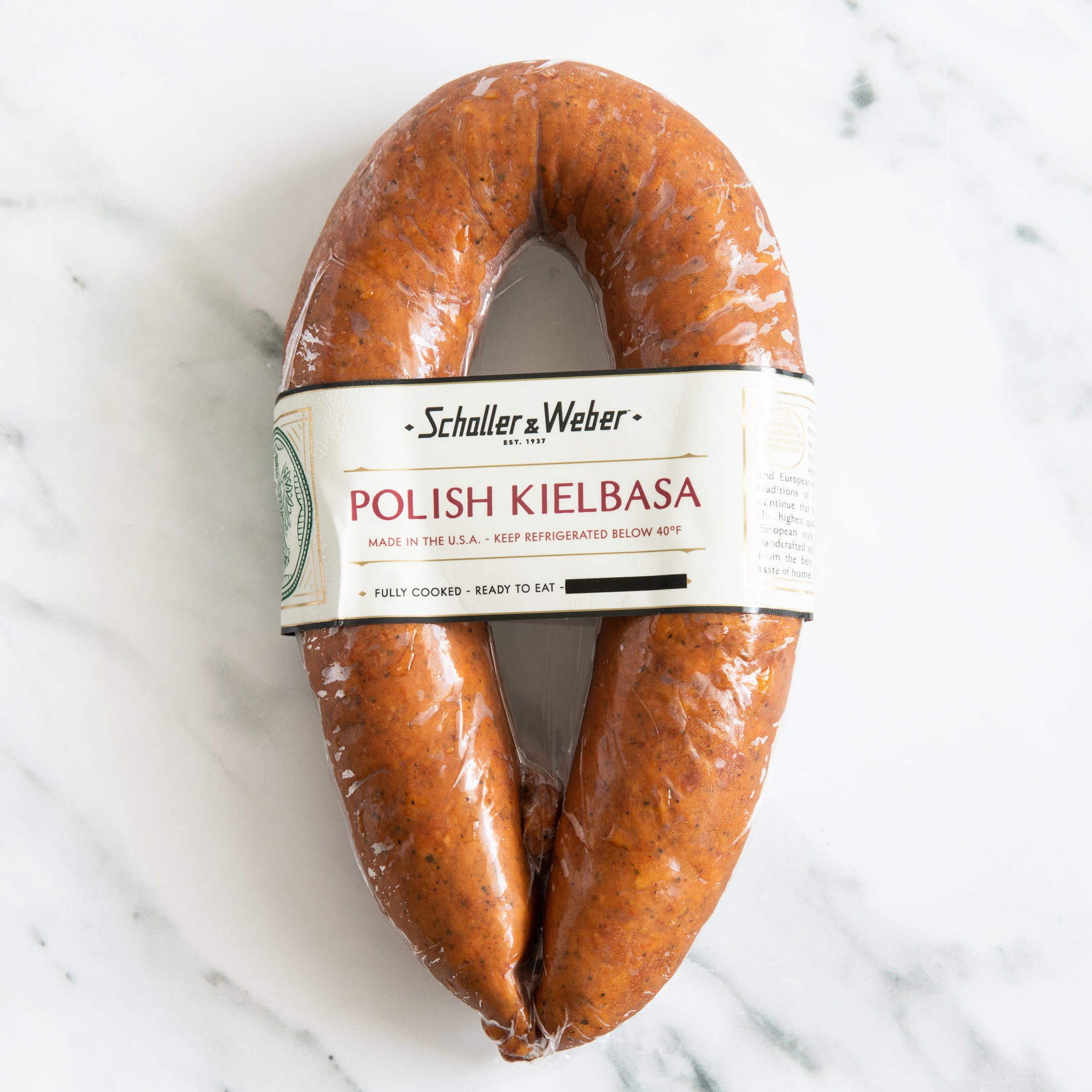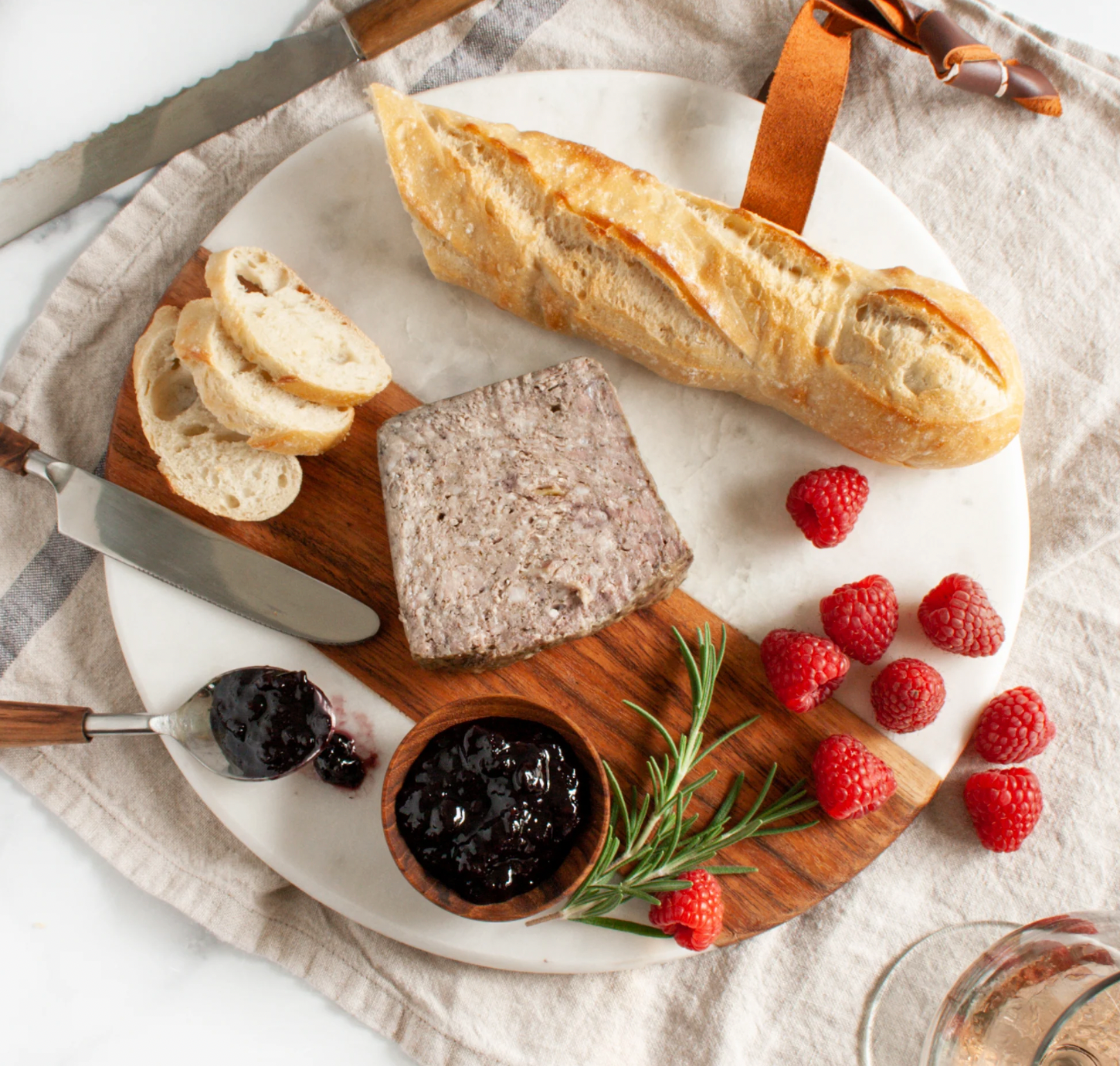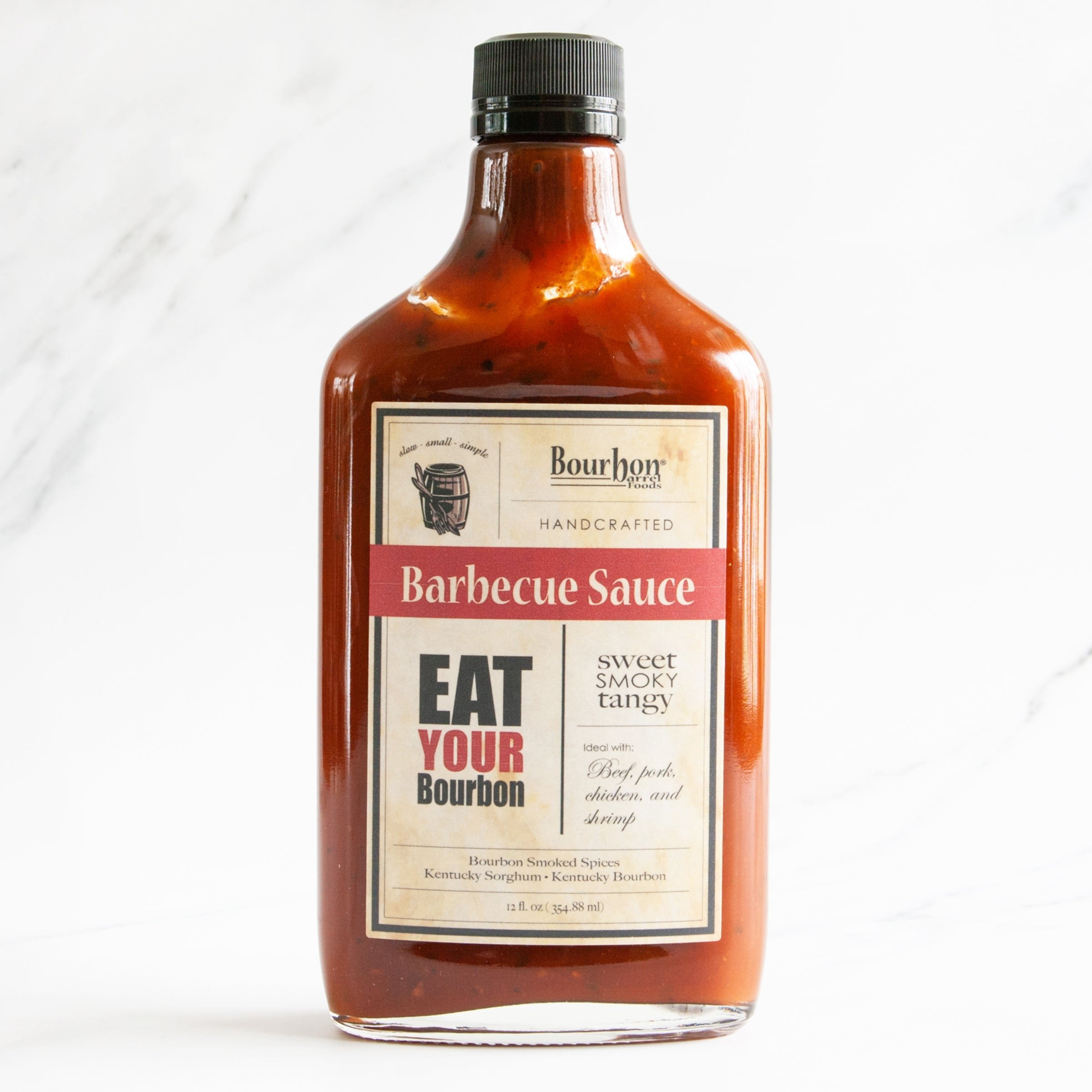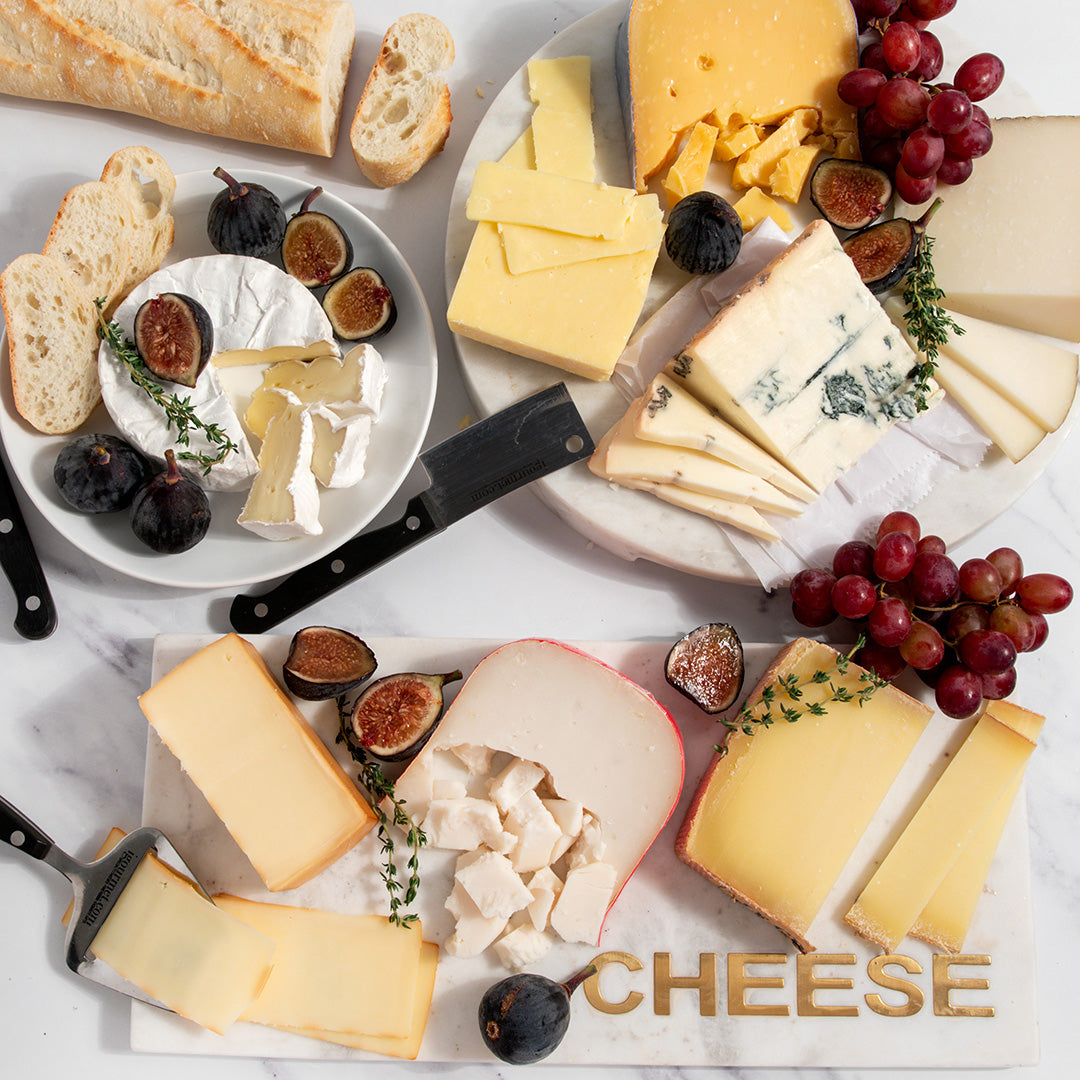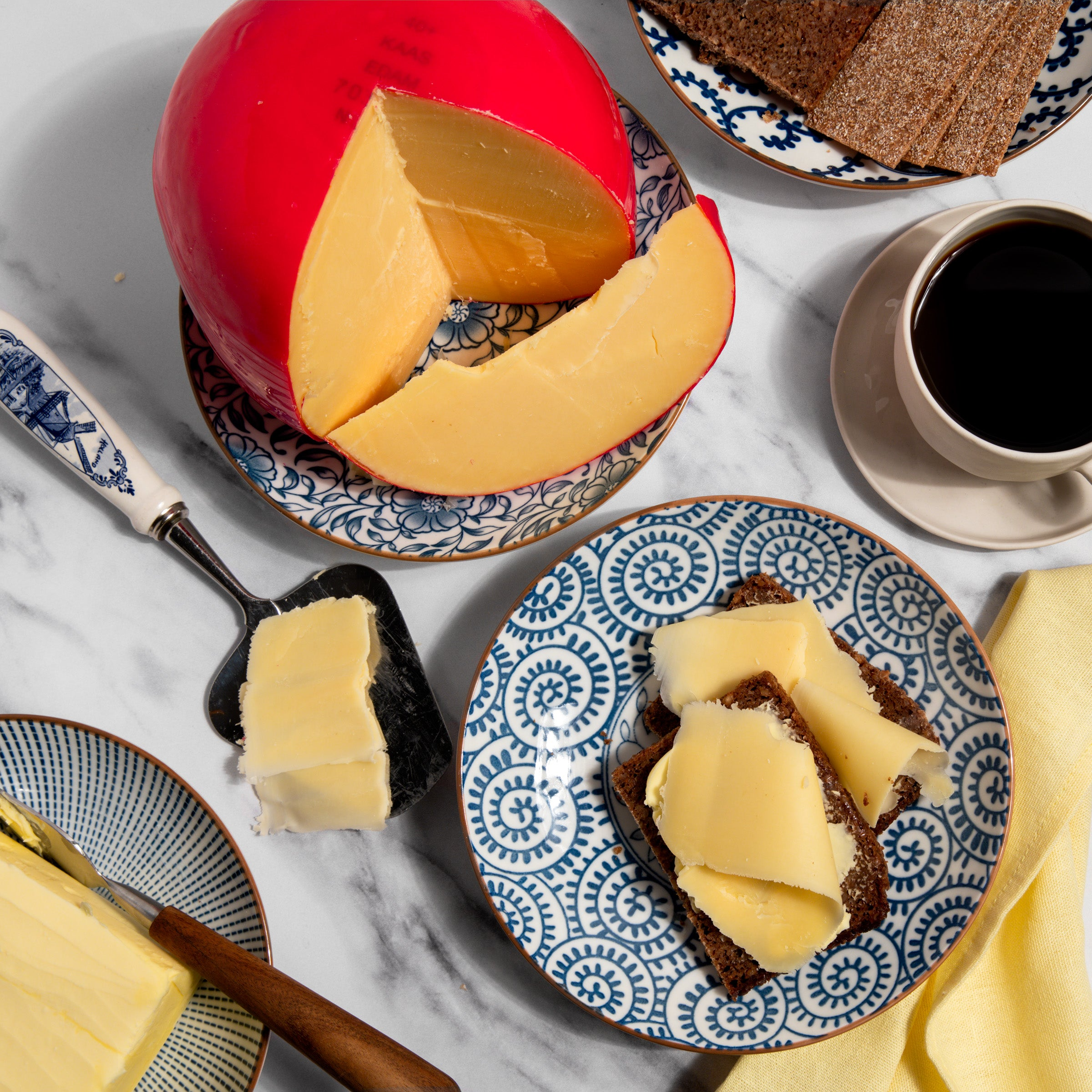Guide to Cheese Types
Pickles - Gourmet Guide
June 12, 2019 | By Dave Mattingly
Not just for pregnant ladies anymore, Pickles are considered by many to be a delicious, healthy snack. They make a great side dish as well, and can also be sliced for use in a sandwich. Dill Pickles are the most popular type, many of them made using the Kosher Dill recipe. Sweet Gherkins, Hot Pickles (the spicy kind of hot) and Bread & Butter Pickles are all popular varieties as well. The big, sour flavor of Dill Pickles makes them a distinctive presence on any plate. Whether it's with dill, garlic or chili pepper, the unforgettable taste of Artisan Pickles has earned them a revered spot in restaurants, gourmet shops, and homes all across the world.
If you're just becoming familiar with the wide world of small-batch, Artisan Pickles, you'll soon discover not all Dill Pickles are alike. The zinginess of the brine, the care taken in its manufacture and the concentration of dill and other spices used all influence flavor and quality.
History of Pickles: Pickles have been around for thousands of years, dating as far back as 4000 BC when cucumbers from their native India were preserved by pickling them in a salt and vinegar brine. Pickles are mentioned in the Bible and in ancient works by Shakespeare. The word “pickle” comes from a Germanic word meaning “salt” or “brine,” two vital components to pickling. There is no doubt that the art of pickling began as a necessity, as ancient people searched for methods to preserve their crops for extended periods of time. Before the advent of refrigeration, Pickles helped families get through long, cold winters in many parts of the world.
Kosher Dill Pickles have been a dietary staple for Russian Jews for centuries. The assertive flavor of Kosher Dill Pickles added flair to their otherwise bland diet that consisted mainly of bread and potatoes. Kosher Dills were made using ancient techniques in the fall in sufficient quantities that would last through the long cold winters of Russia.
When droves of Russian and other eastern European Jews emigrated to New York during the late 1800s, their beloved Kosher Dill Pickles came to America with them. Before long, Pickles were being sold on pushcarts in the immigrant tenement districts of Manhattan, Brooklyn and Queens. Over time, the pushcarts gave way to shops that sold pickles straight out of a barrel, a tradition that continues today. Today, in a nod to their significance, a plate of pickles is often set out for free on the tables of many New York Jewish delis.
How Pickles Are Made: Pickles are made by immersing fresh cucumbers (or other fruits and vegetables) in an acidified liquid or saltwater brine until they are no longer vulnerable to spoilage. The most common method for Pickling cucumbers is by lacto-fermentation using a saltwater brine. In this process, lactic microbial organisms turn the naturally occurring sugars in the cucumber into lactic acid. The resulting acidity makes it impossible for harmful bacteria to multiply. Pickles can also be made using a salt and vinegar brine. This type of brine is known as Pickle Juice, which is sometimes used by athletes to stave off dehydration. To make a sweet Pickle, sugar is added to the brine. To make a Hot Pickle, various hot spices are introduced.
Types of Pickles: Pickled Vegetables can be made from onions, green beans, asparagus, cauliflower, carrots, beets and many other vegetables and fruits. Sauerkraut is simply what the Germans call Pickled Cabbage. Cornichons are what the French call Pickled Tiny Cucumbers. These spicy, baby Pickles are served with pâtés and strong cheeses. In Korea, kimchi is a popular Pickled Cabbage dish, while in Japan you will find Pickled Plum and Pickled Radish in just about every restaurant and home. In short, each region of the world has its own beloved variety of the humble Pickle.
As far as Pickled Cucumbers go, the main varieties are:
- Dill Pickles: This is the most popular variety of Pickle. Just as you might imagine, dill is added to the recipe to impart its refreshing, herbal flavor to the Pickle. Dill is added to the barrel during the final stage of fermentation or to the jar after fermentation.
- Kosher Dill Pickles: Not all Kosher Dill Pickles are certified to be Kosher. Rather, the descriptor refers to a differnet style of Dill Pickle altogether. Kosher Dills are made with dill and garlic added to the brine. The resulting flavor is more robust than regular dill pickles, making them the ultimate accompaniment to an overstuffed Jewish deli sandwich.
- Overnight Dill: Here, fresh cucumbers are lightly brined for a very short time, lasting only one or two days, completely under refrigeration. Overnight Dills are not preserved and thus must remain refrigerated. Overnight Dills taste more like fresh cucumbers than salty, sour jarred Pickles.
- Polish Dill Pickles: Like Kosher Dill Pickles, the word "Polish" here refers to a style of Pickle, not its country of origin. Polish Dill Pickles contain more spices and more garlic than either traditional Dill Pickles or Kosher Dills. Polish Dill Pickles are peppery and often flavored with mustard seeds.
- Sour and Half-sour Pickles: Counter to what the word "sour" may imply, this style of Pickle is made by placing fresh cucumbers into a seasoned brine which doesn't include vinegar. Sours and Half-sours must remain refrigerated when stored and shipped. The longer the cucumbers remain in the brine, the more sour they become. Half-sour Pickles are extra crispy and keep their fresh cucumber color. Sour Pickles turn a duller, darken green over time.
- Sweet Pickles: Also known as Bread and Butter Pickles when sliced, they are jarred in a sweet mixture of vinegar, sugar and spices. Sweet Pickles are somewhat sweet, but retain a distinct, slightly tangy taste behind the sweetness.
- Hot Pickles: These Spicy Pickles are made by adding hot spices and seasonings to the recipe.
- First and foremost, Pickles of all types can be enjoyed as a healthy, savory, crunchy snack. There is no need to pair your Pickles with ice cream when craving a snack!
- Slice Pickles and serve them on burgers or deli sandwiches.
- Dice Pickles to make a homemade relish - add to tartar sauce or potato salad.
- In the Southern US, Fried Pickles are a local treat.
- Pickles are an excellent easy-to-prepare side dish when grilling outdoors.
Shop, Find Recipes, Read About the History of Pickles
Buy Pickles online from igourmet.com! Please visit our online store and go shopping at the number one imported food delivery service in the USA. Our Bleu Cheese selection includes the following Pickles:
- Dill Pickles
- Kosher Dill Pickles
- New York Deli Style Pickles
- Polish Pickles
- German Pickles
- Hot Spicy Pickles
- Whisky Pickles
- Sweet Pickles
- Much more






